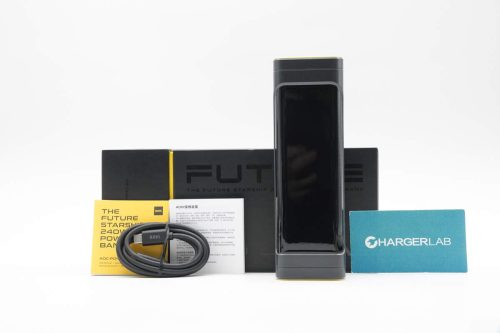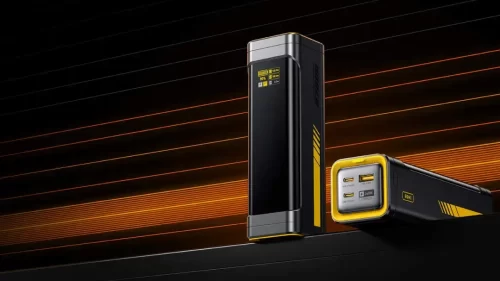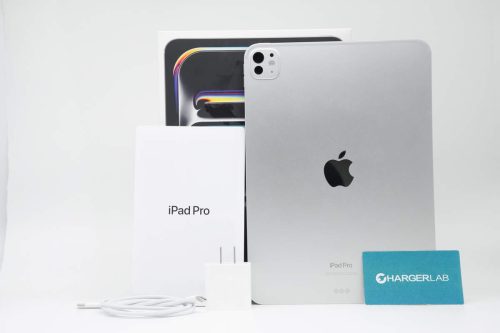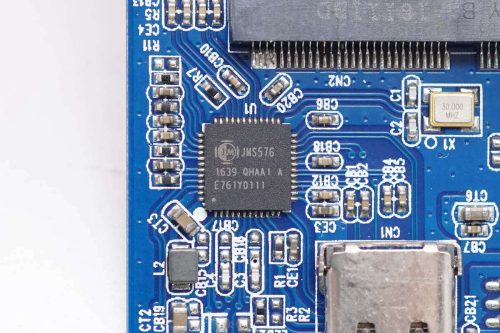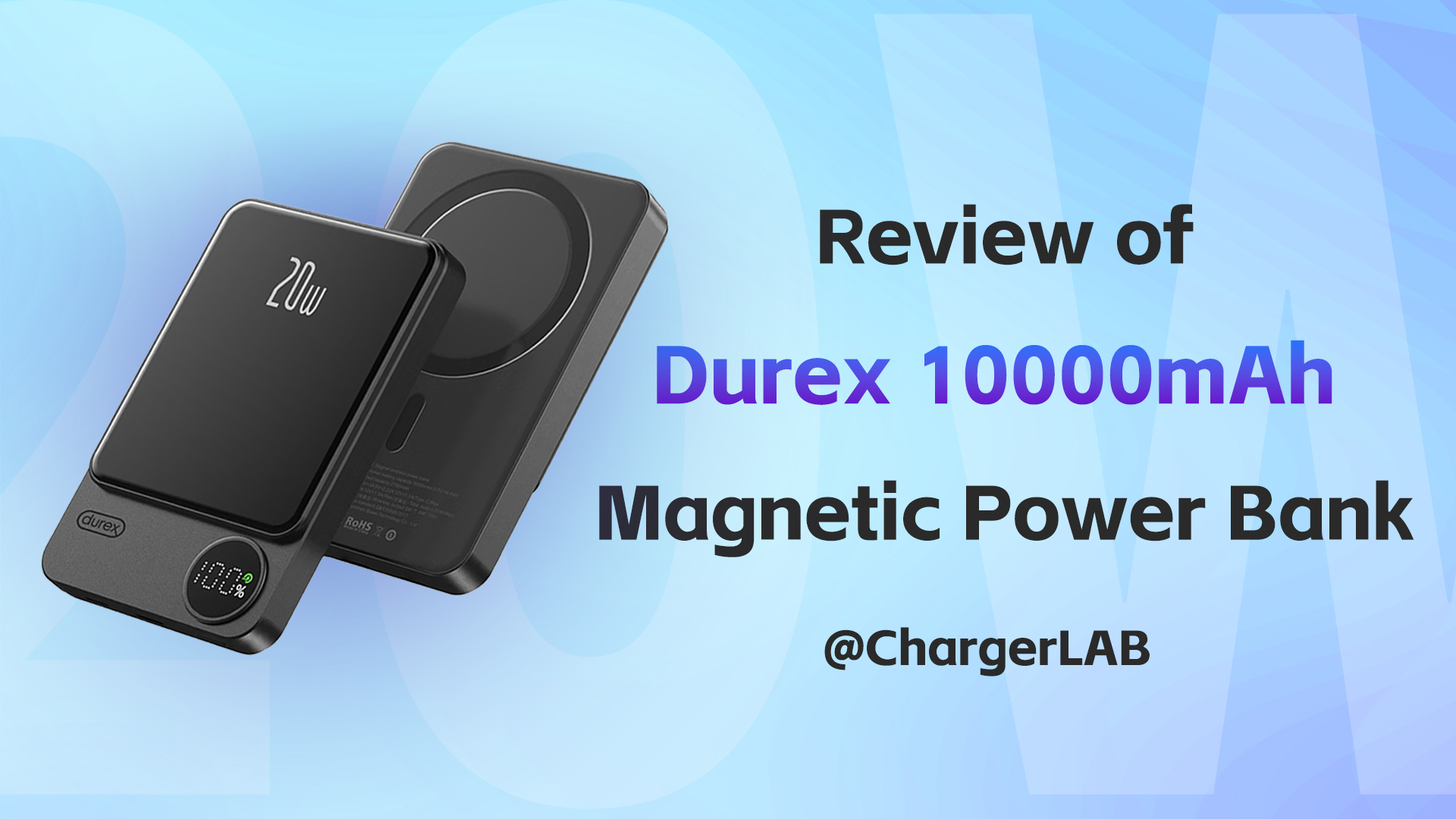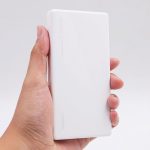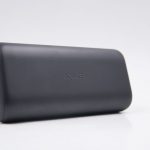Introduction
In today’s rapidly evolving fast-charging landscape, users no longer settle for power banks that simply “work”—they demand ones that are powerful, stylish, and smart. Previously, renowned brand AOHi set a new benchmark with the launch of its 140W Future Starship Power Bank, featuring PD 3.1 support and a 40,000mAh capacity, raising the bar for high-performance charging devices.
Now, AOHi is pushing the limits even further with the release of its more compact yet more powerful 240W Starship Power Bank. Boasting a futuristic sci-fi design, this device breaks away from traditional power bank aesthetics. With its ultra-high 240W output, intelligent digital display, and broad protocol compatibility, it redefines what a flagship power bank can be. ChargerLAB got this device, let’s take a look at how it performs.
Product Appearance
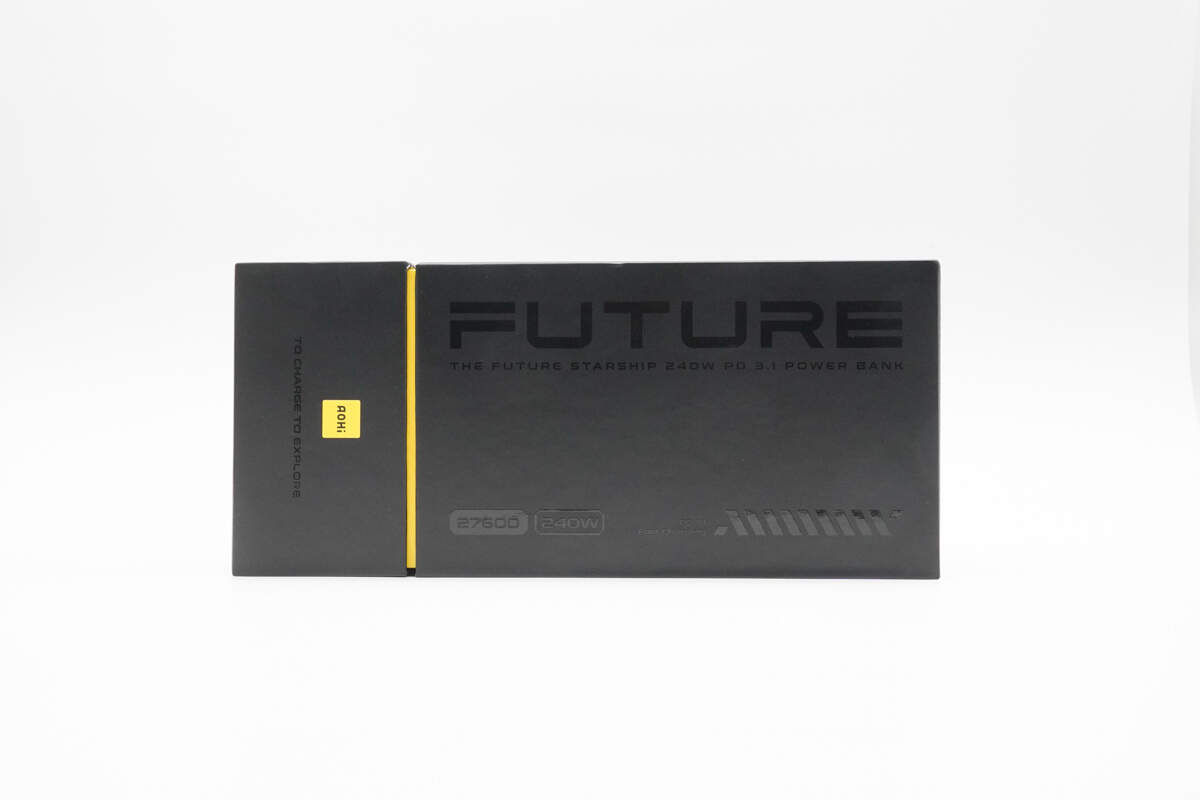
The packaging is mostly black, with key information such as FUTURE, 27600, and PD 140W written on the front, and a yellow AOHi logo is also printed on it.
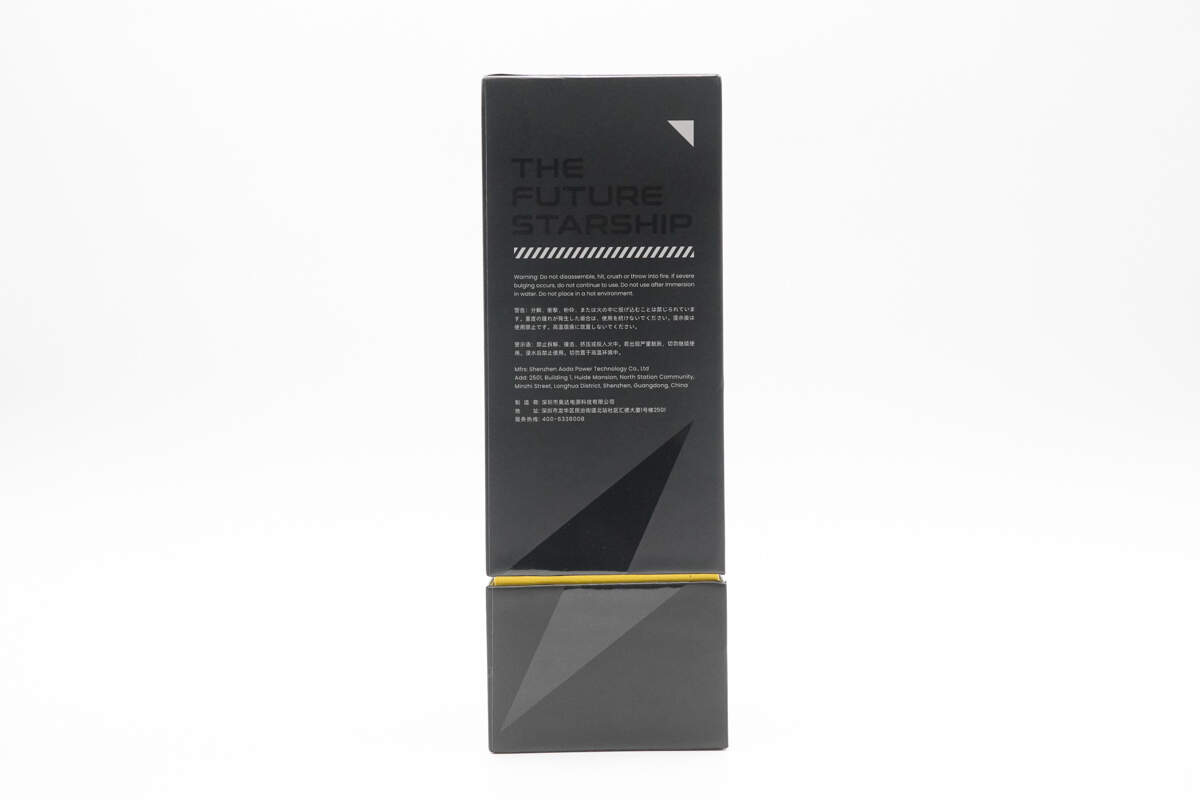
This side contains warning slogans and production information, etc.

The other side has selling points printed on it, including PD3.1 140W, 27600mAh, LCD smart digital display, safety and visual charging state.
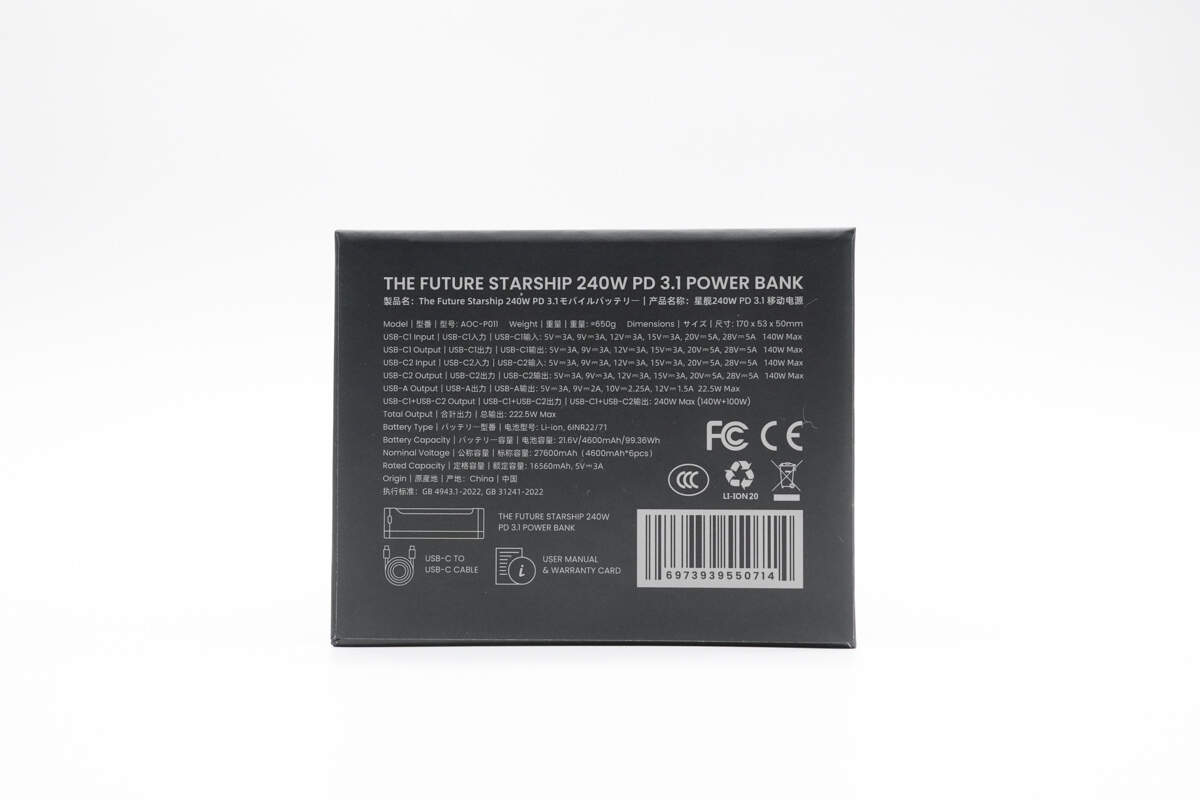
The bottom is printed with information such as specs info, list of package contents, and certification logos.
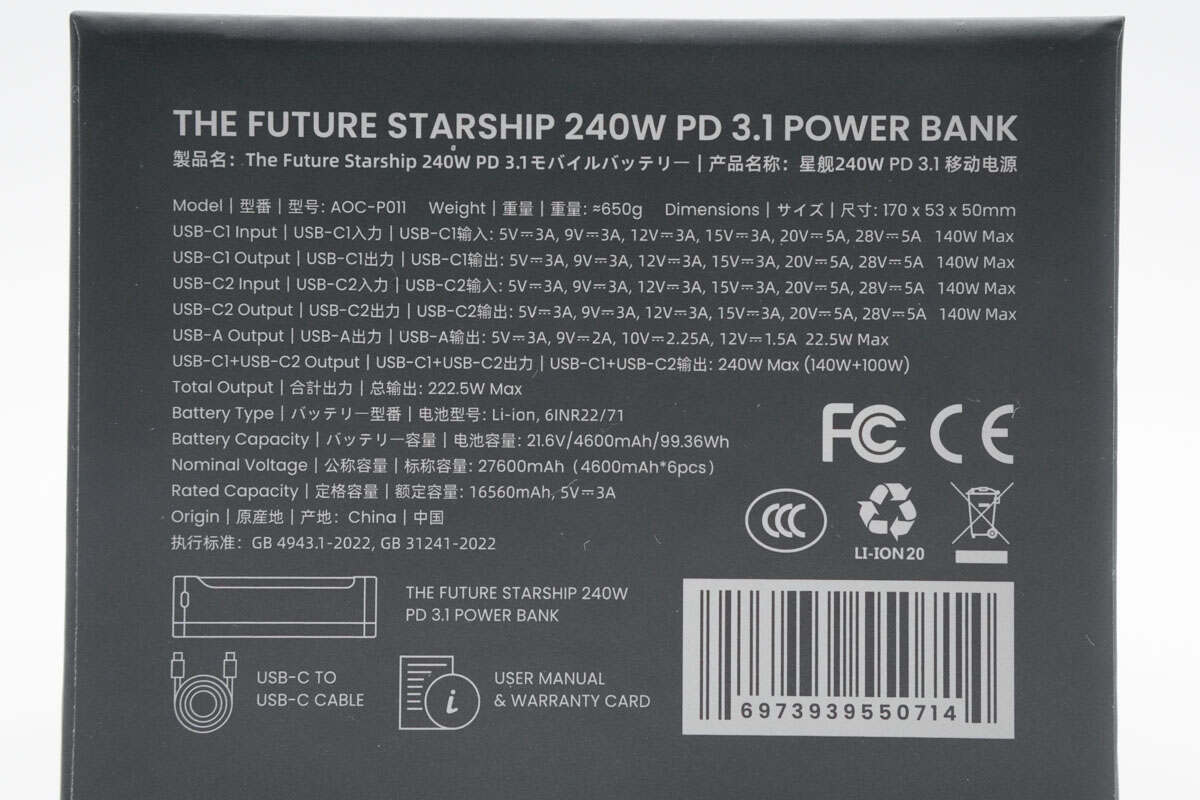
Model: AOC-P011
Weight: ≈650g
Dimensions: 170 x 53 x 50 mm
USB-C1 Input: 5V3A, 9V3A, 12V3A, 15V3A, 20V5A, 28V5A 140W Max
USB-C1 Output: 5V3A, 9V3A, 12V3A, 15V3A, 20V5A, 28V5A 140W Max
USB-C2 Input: 5V3A, 9V3A, 12V3A, 15V3A, 20V5A, 28V5A 140W Max
USB-C2 Output: 5V3A, 9V3A, 12V3A, 15V3A, 20V5A, 28V5A 140W Max
USB-A Output: 5V3A, 9V2A, 10V2.25A, 12V1.5A 22.5W Max
USB-C1+USB-C2 Output: 240W Max (140W+100W)
Total Output: 222.5W Max
Battery Type: Li-ion,6INR22/71
Battery. Capacity: 21.6V/4600mAh/99.36Wh
Nominal Capacity: 27600mAh (4600mAh*6pcs)
Rated Capacity: 16560mAh,5V3A
Origin: China
Implementation standard: GB 4943.1-2022, GB31241-2022
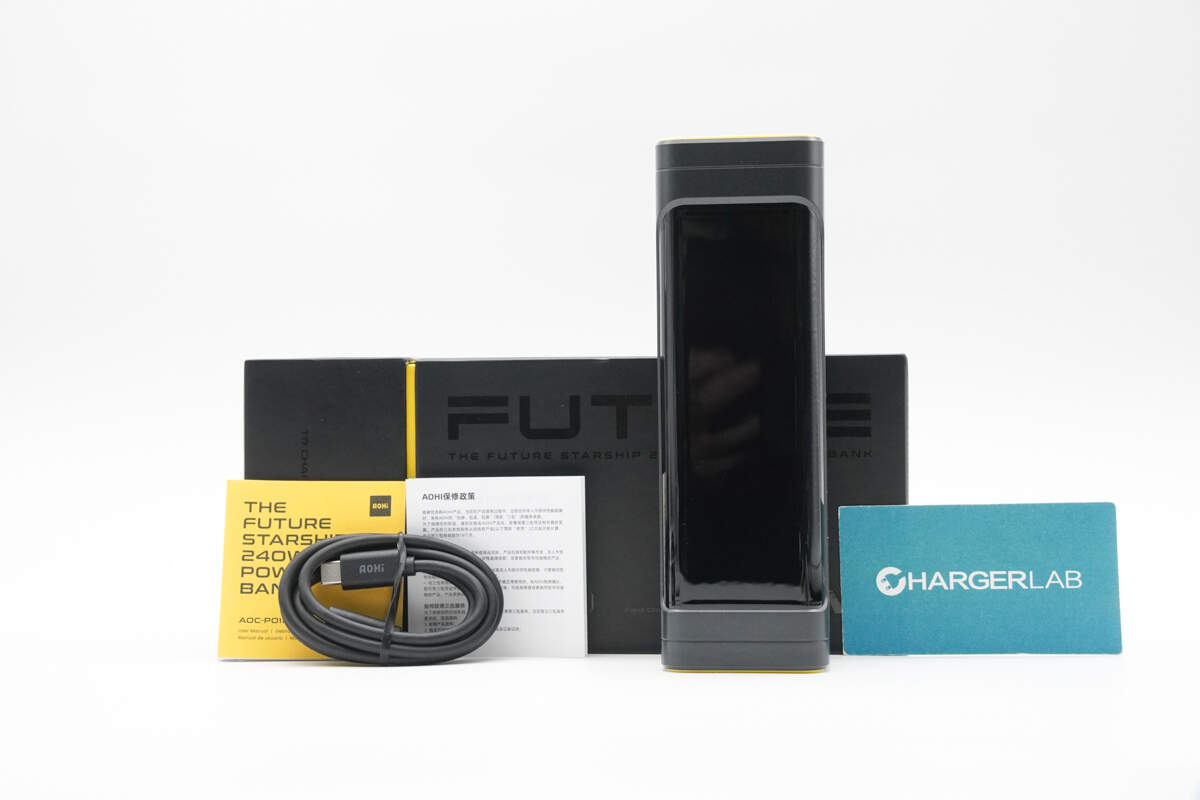
The box contains the power bank, a dual USB-C cable, and some documents.
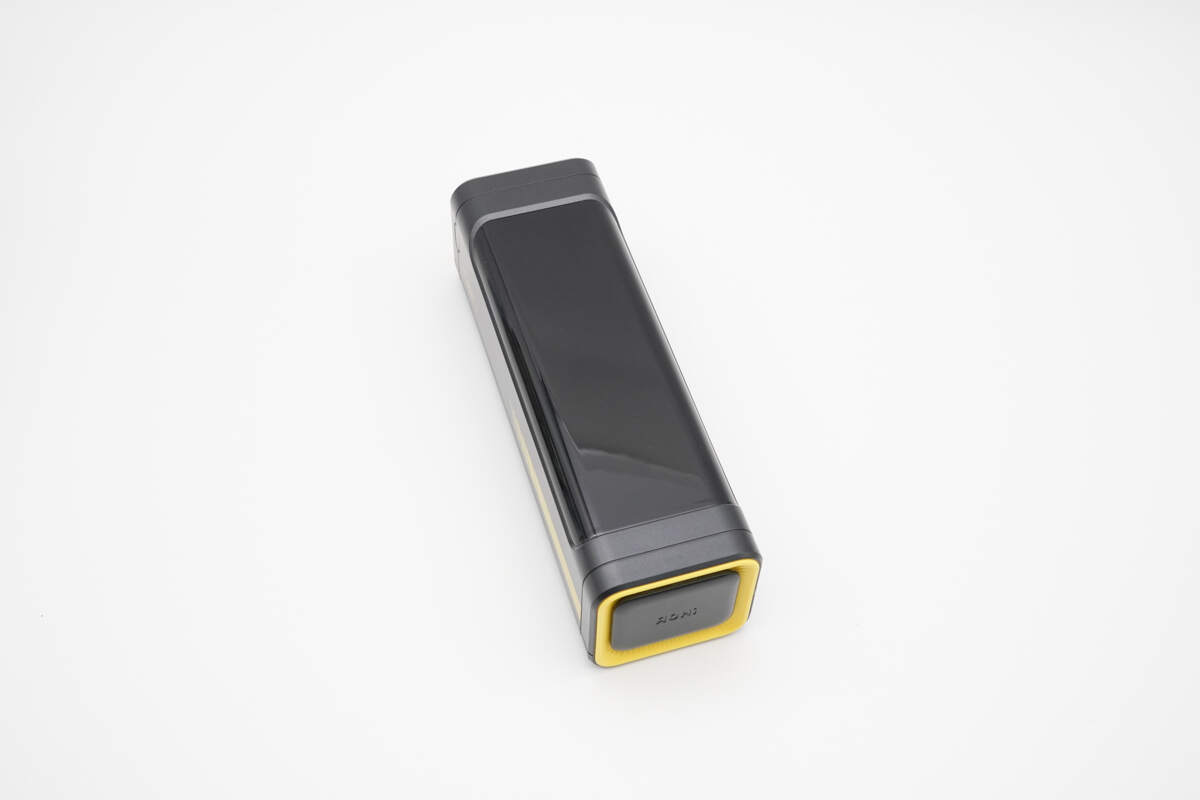
It features a contrasting design of matte black and bright yellow.

The transparent window on the front has an LCD smart digital display inside that shows the remaining power and the input and output power of each port, allowing users to observe the real-time status.
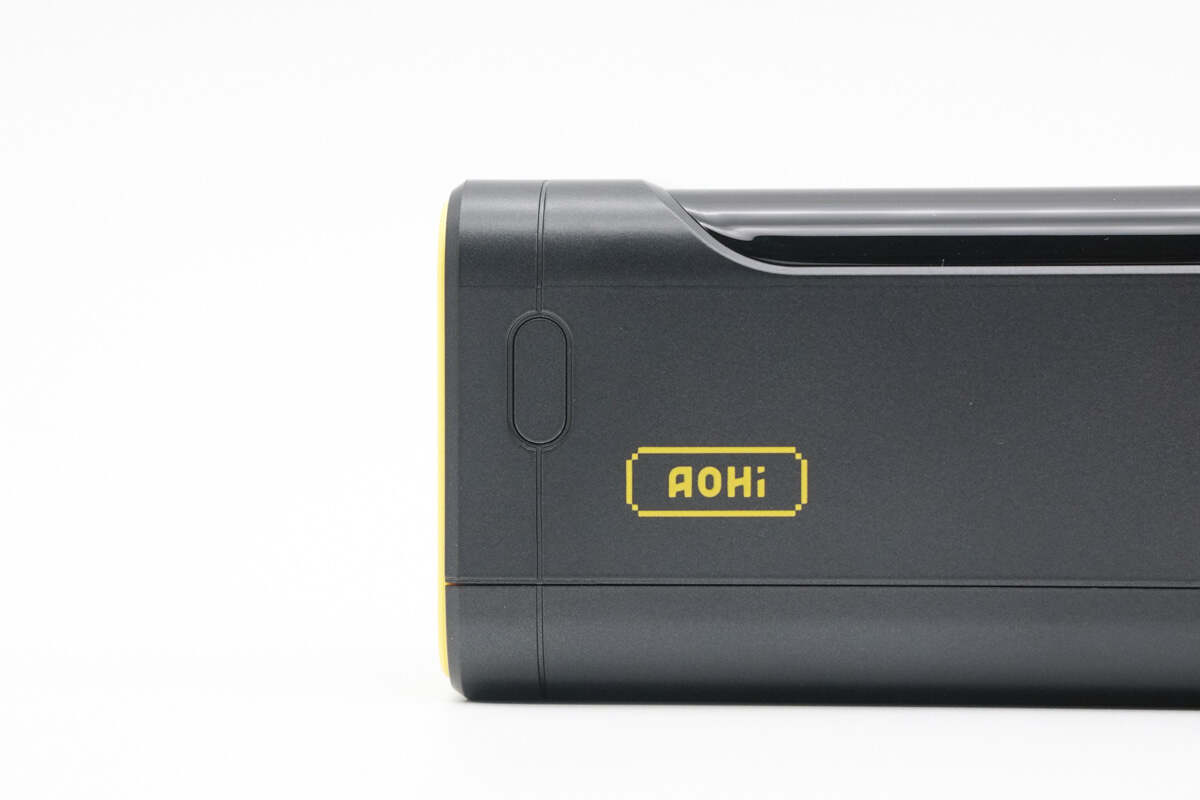
Next to the AOHi logo is the switch button.
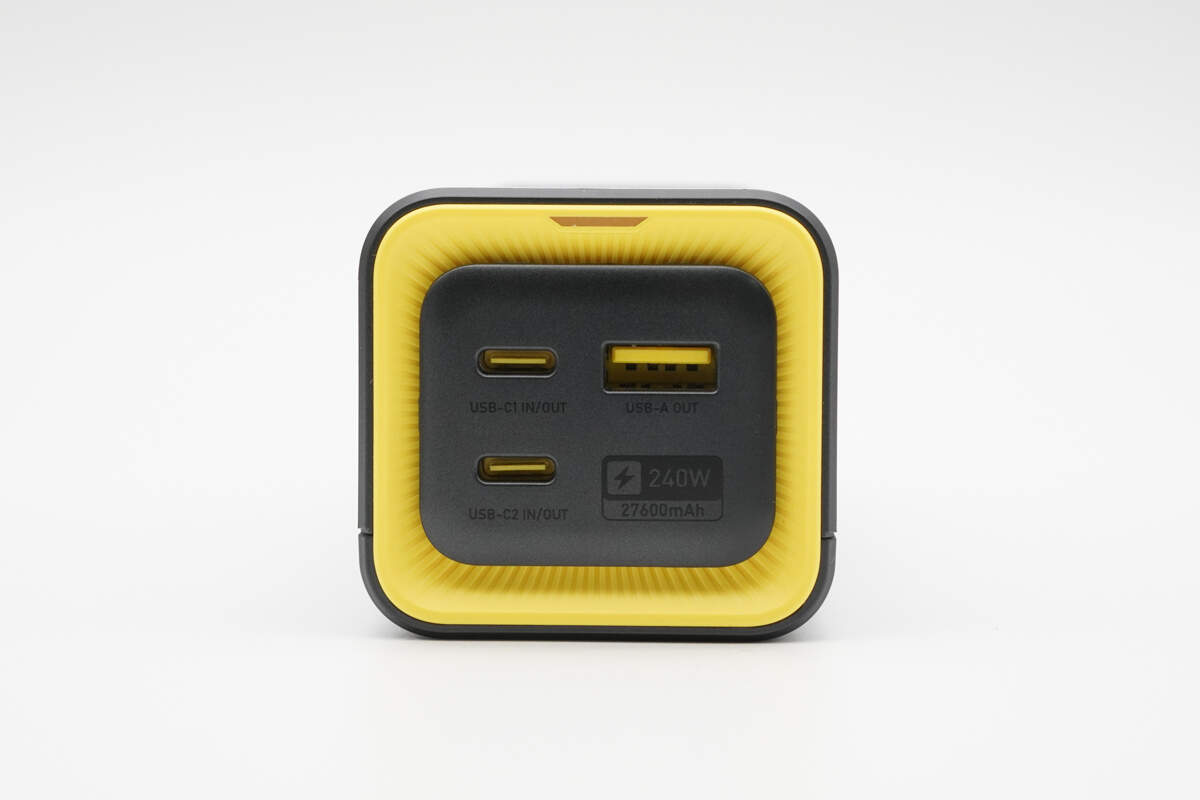
There are two USB-C and one USB-A port on the top, and both USB-C1/C2 support PD 3.1 140W input and output.
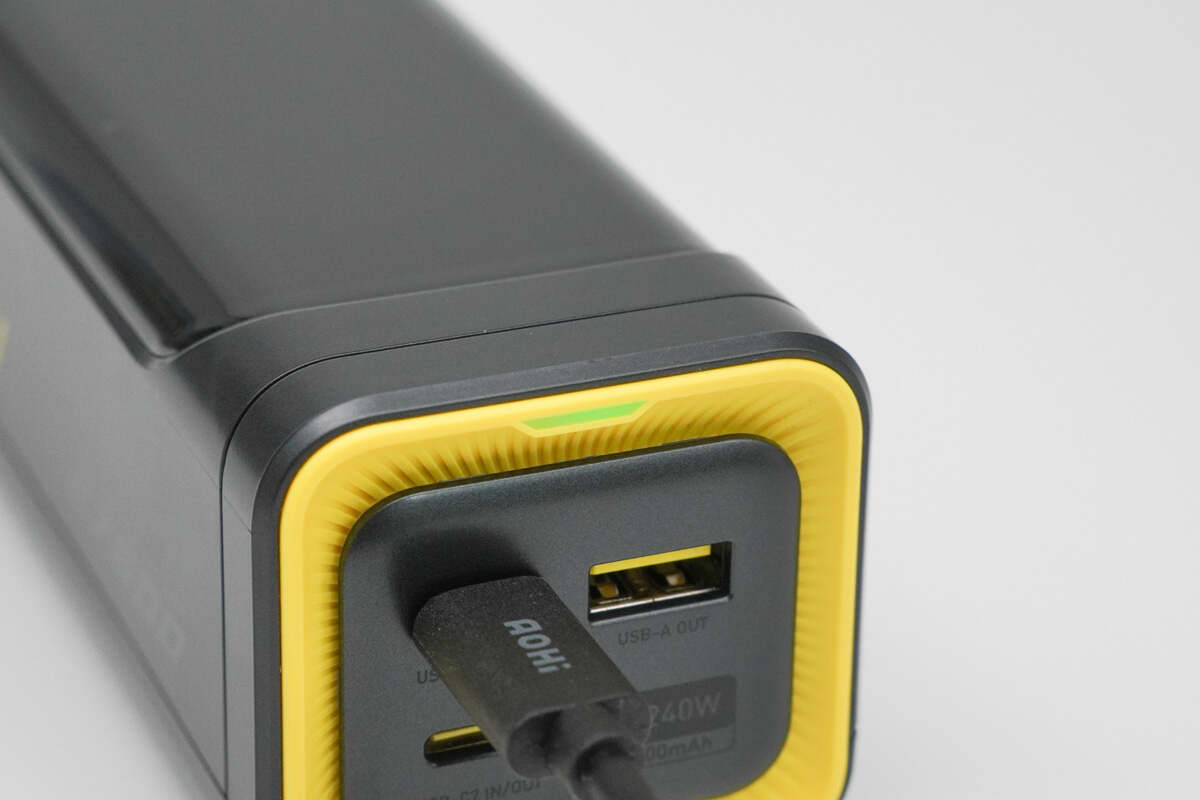
There is also a power indicator light, blue indicates standard charging mode, yellow breathing flashing indicates fast charging mode, and green indicates low current mode.

The specs info is also printed on the back.
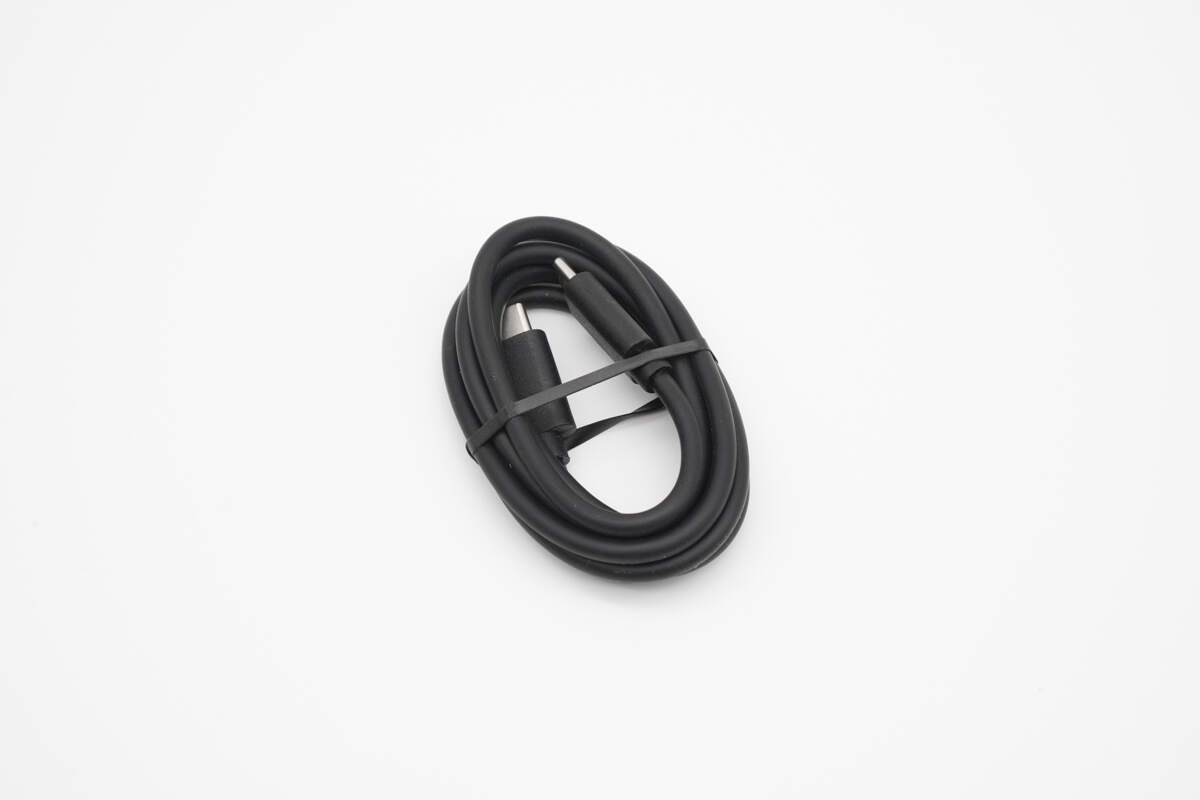
The dual USB-C cable is secured with a black rubber band.
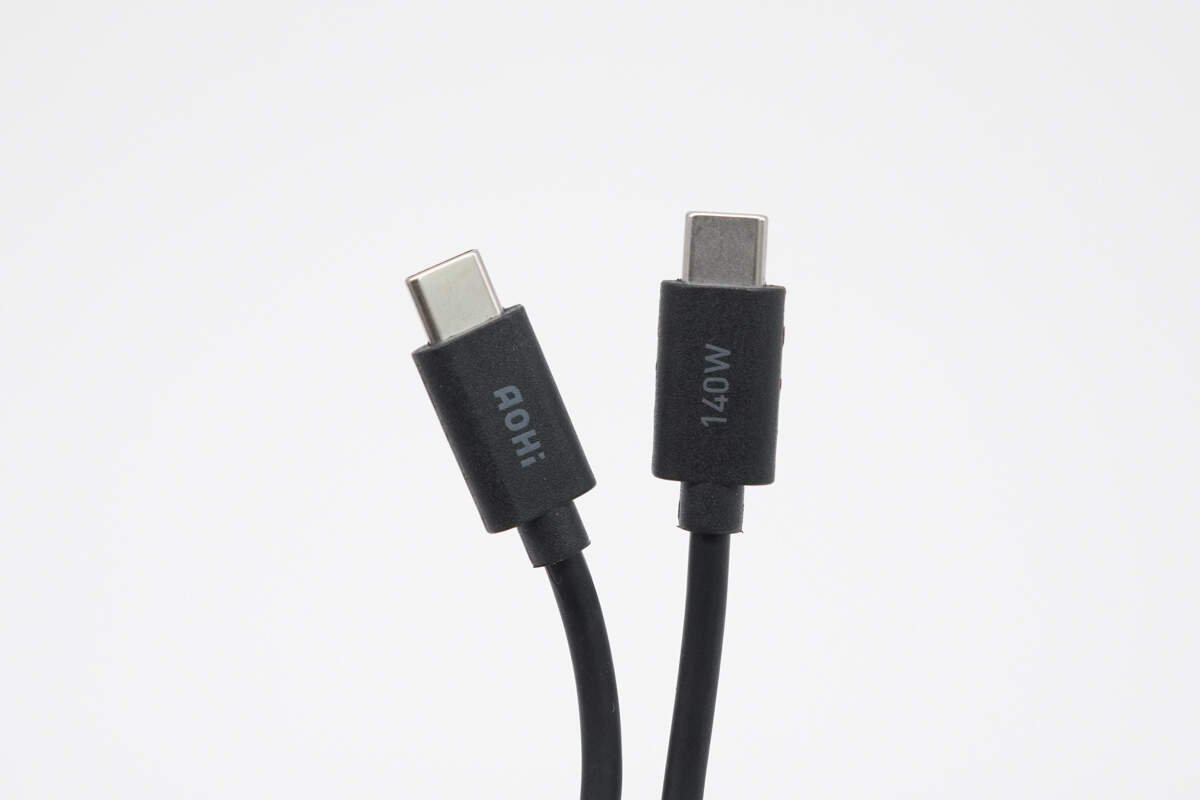
The two connectors are engraved with AOHi and 140W respectively.
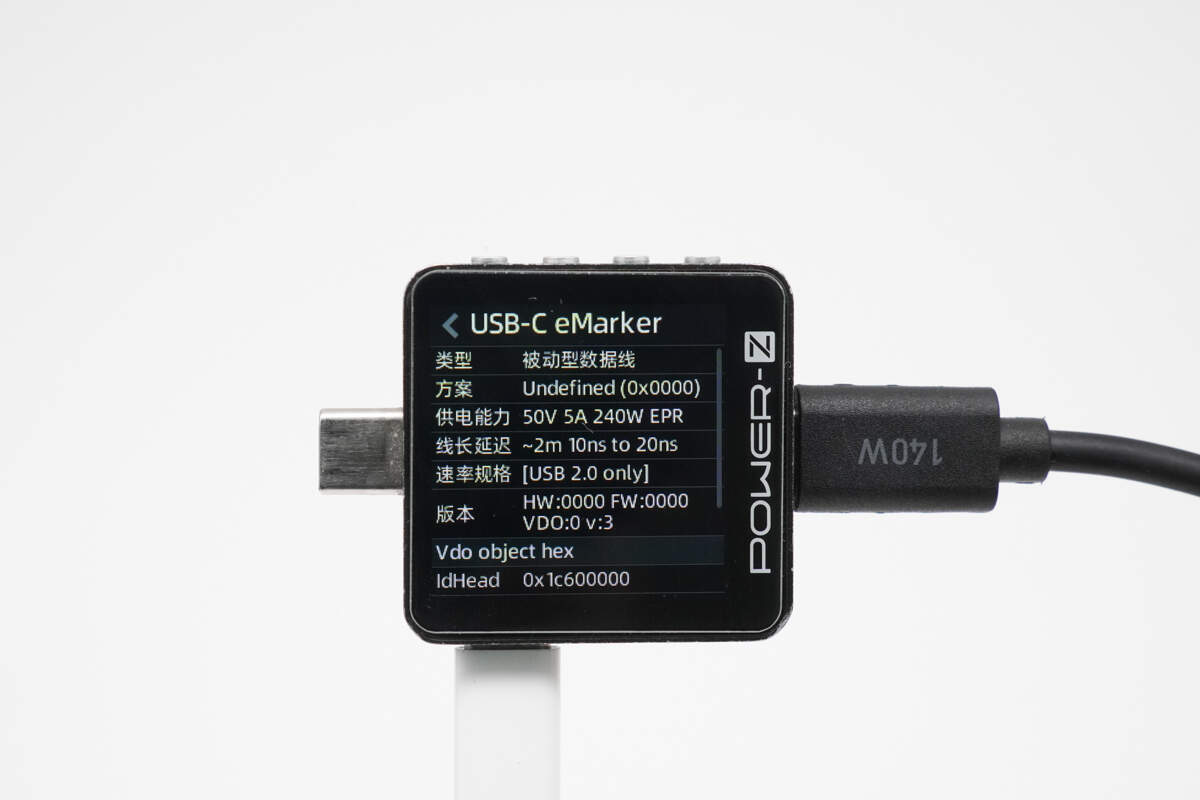
ChargerLAB POWER-Z KM003C shows it supports an output power of 240W and is USB 2.0 compliant.
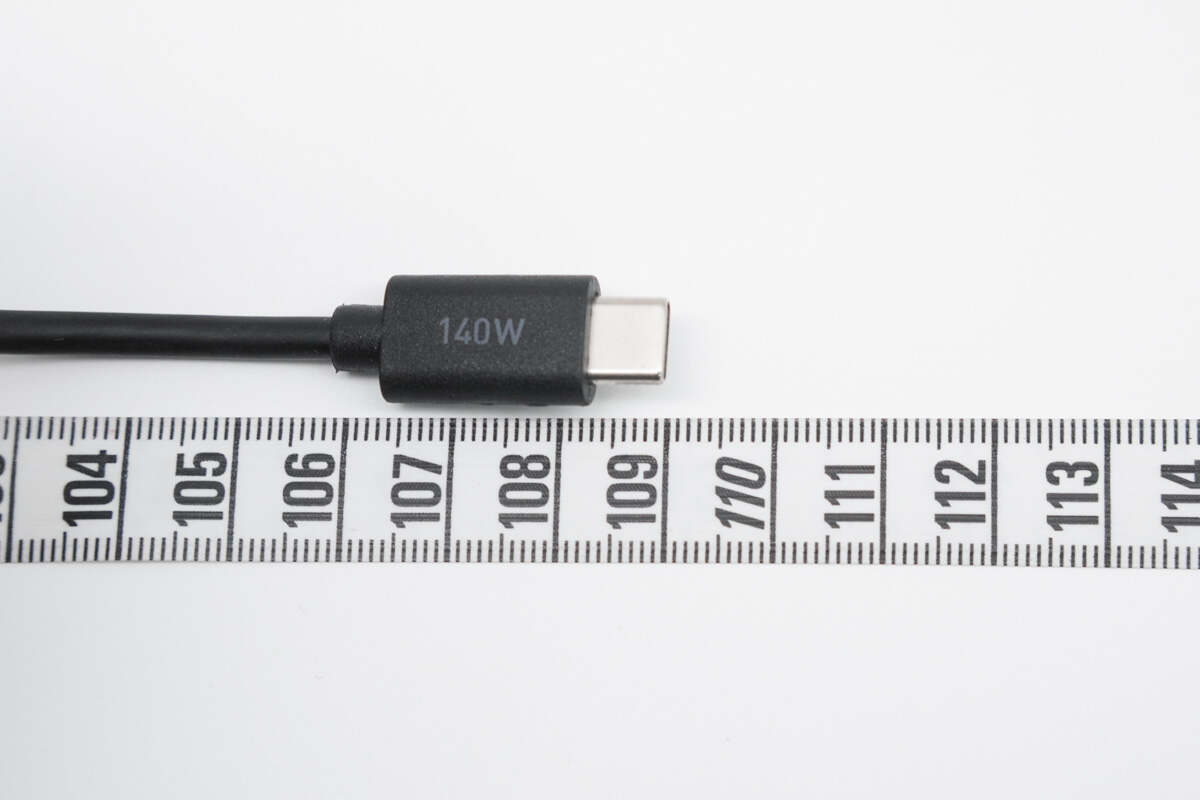
The length of the cable is about 109 cm (42.91 inches).
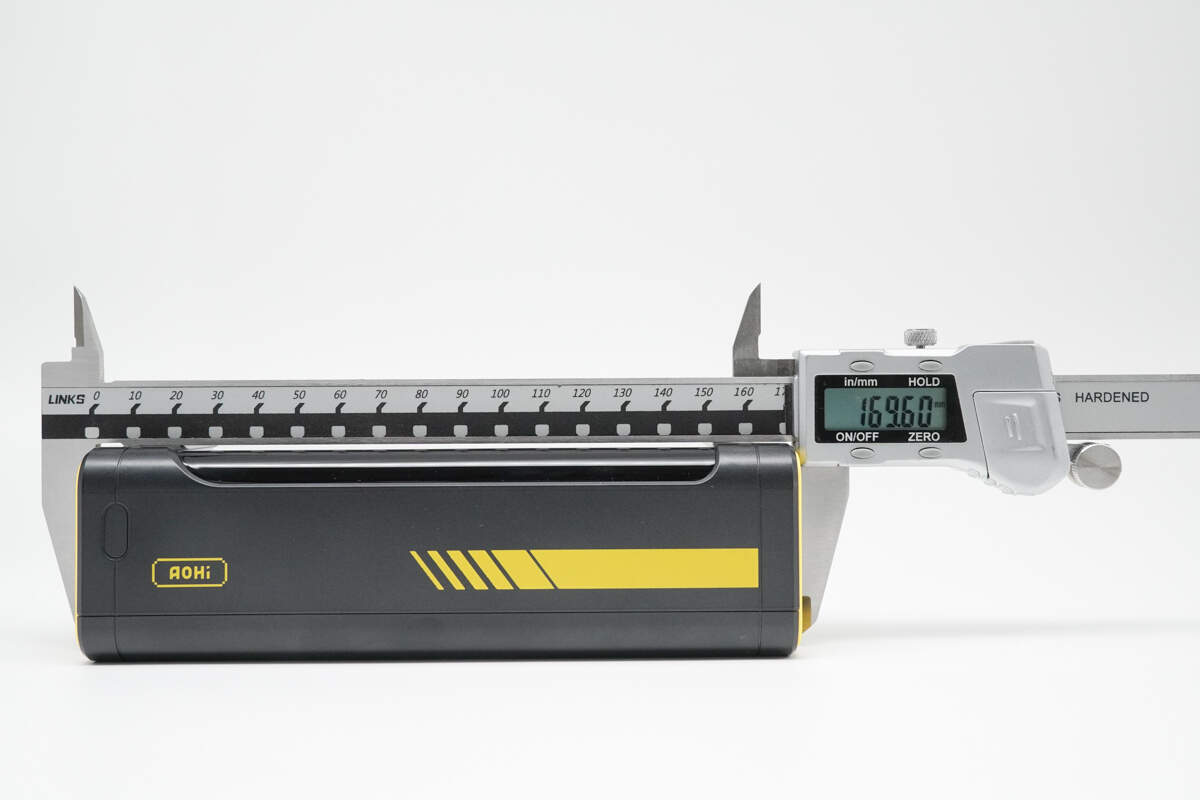
The length of the power bank is about 169.6 mm (6.68 inches).
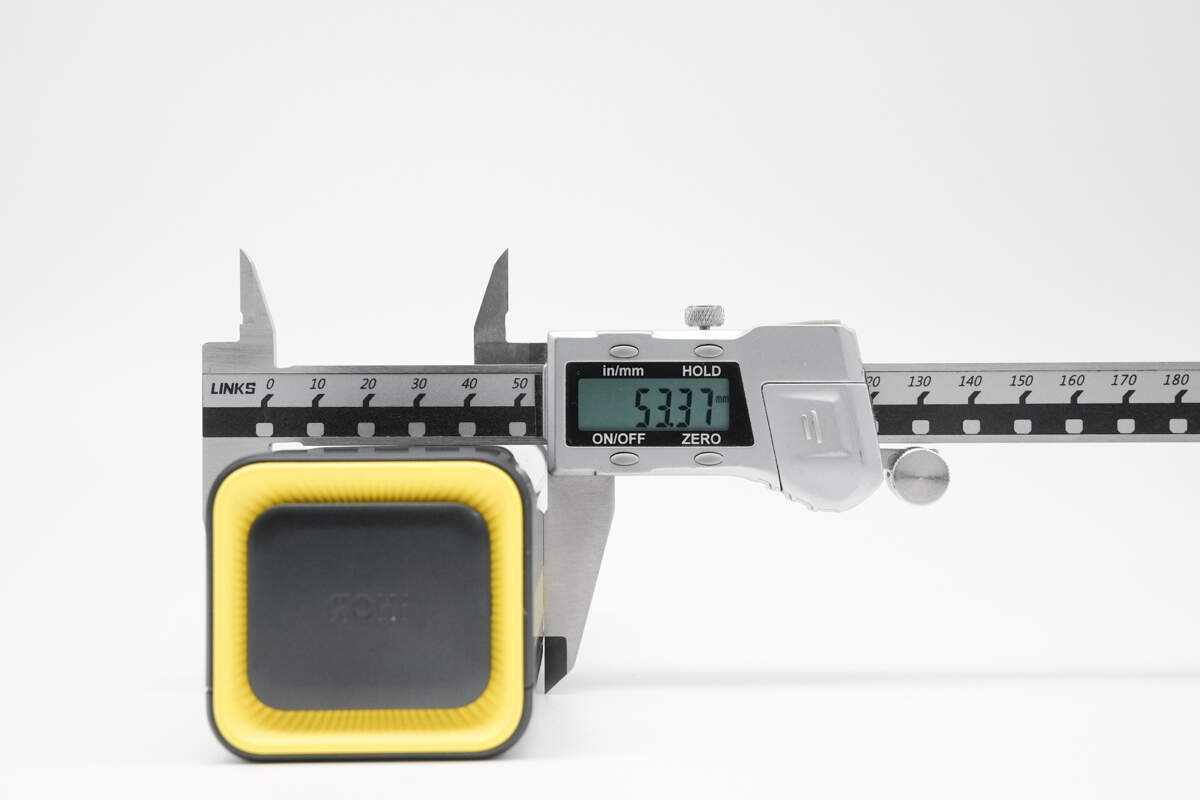
The width is about 53.37 mm (2.1 inches).

The thickness is about 50.07 mm (1.97 inches).
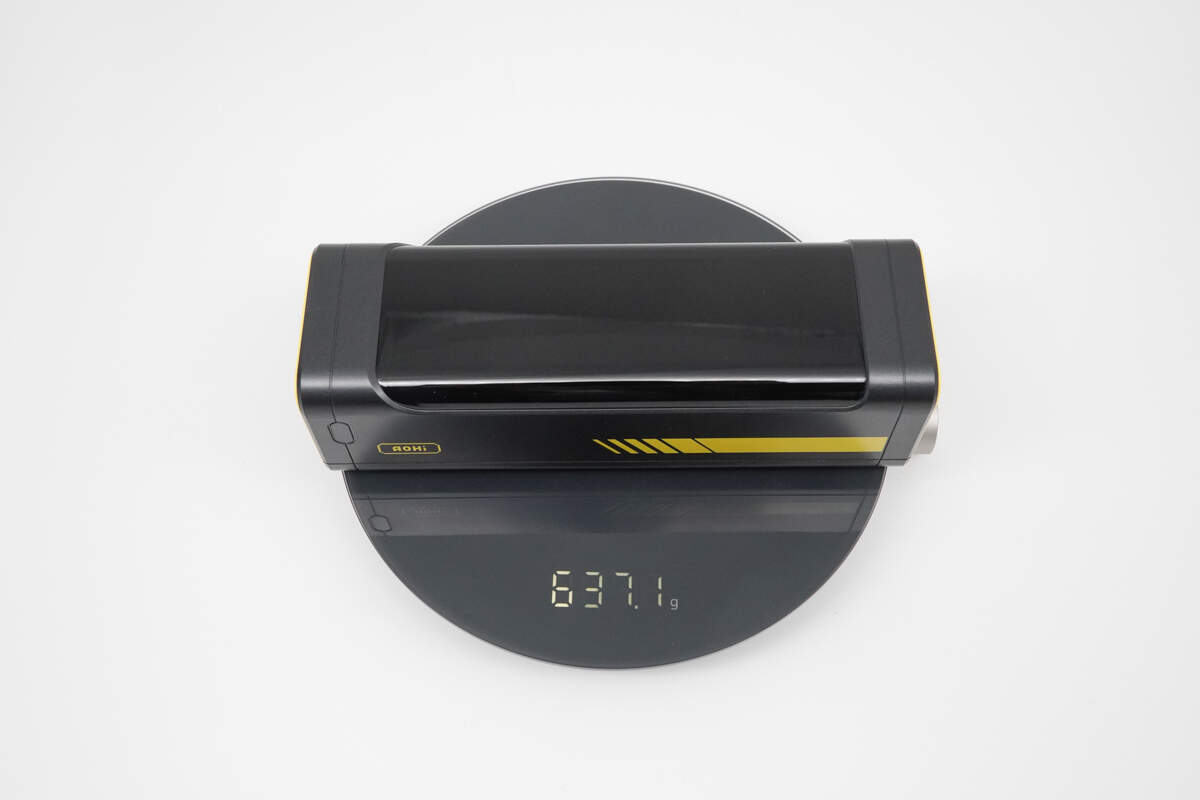
The weight is about 637.1 g (22.47 oz).
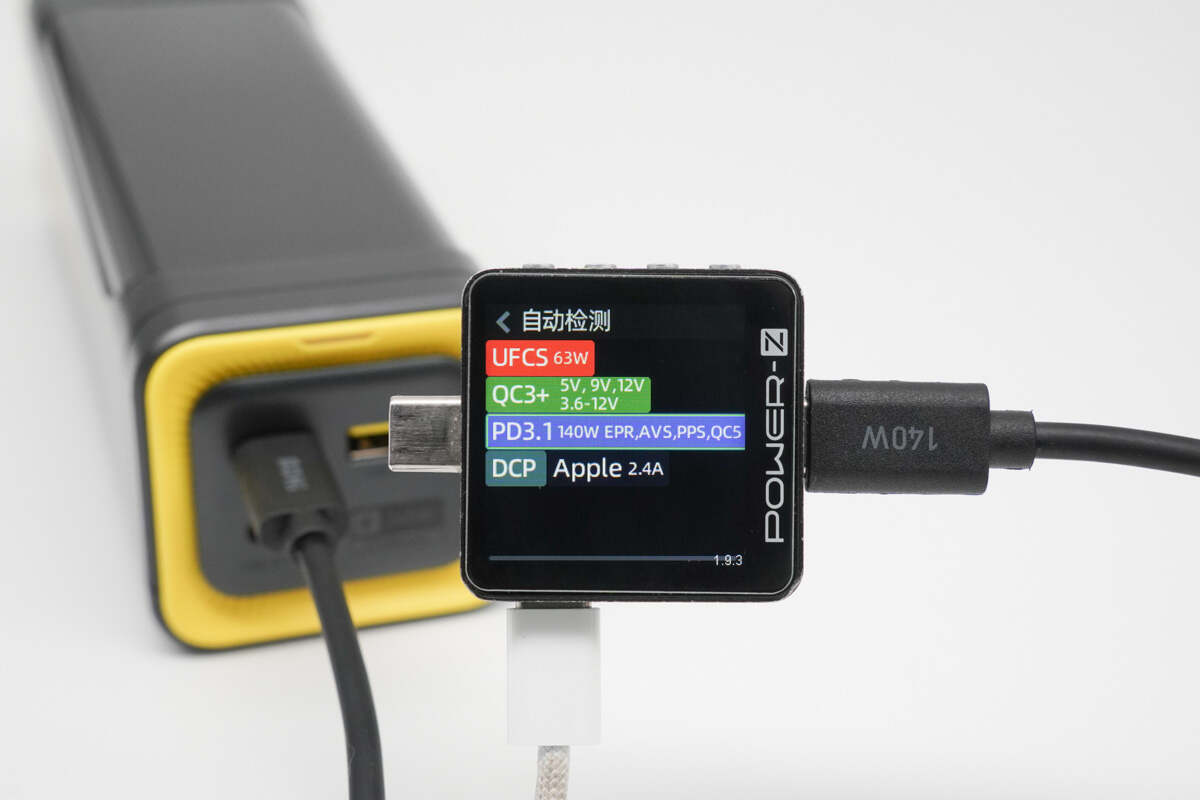
ChargerLAB POWER-Z KM003C shows that USB-C1/C2 can support UFCS, QC3+, PD3.1, PPS, QC5, DCP, and Apple 2.4A charging protocols.

And it has five fixed PDOs of 5V3A, 9V3A, 12V3A, 15V3A, and 20V5A. It has two sets of PPS, which are 3.3-11V/5A and 3.3-21V/5A. It also has a set of AVS, which is 15-28V 140W.

It has two sets of UFCS, which are 5.5-11V/3A and 11-21V/3A.
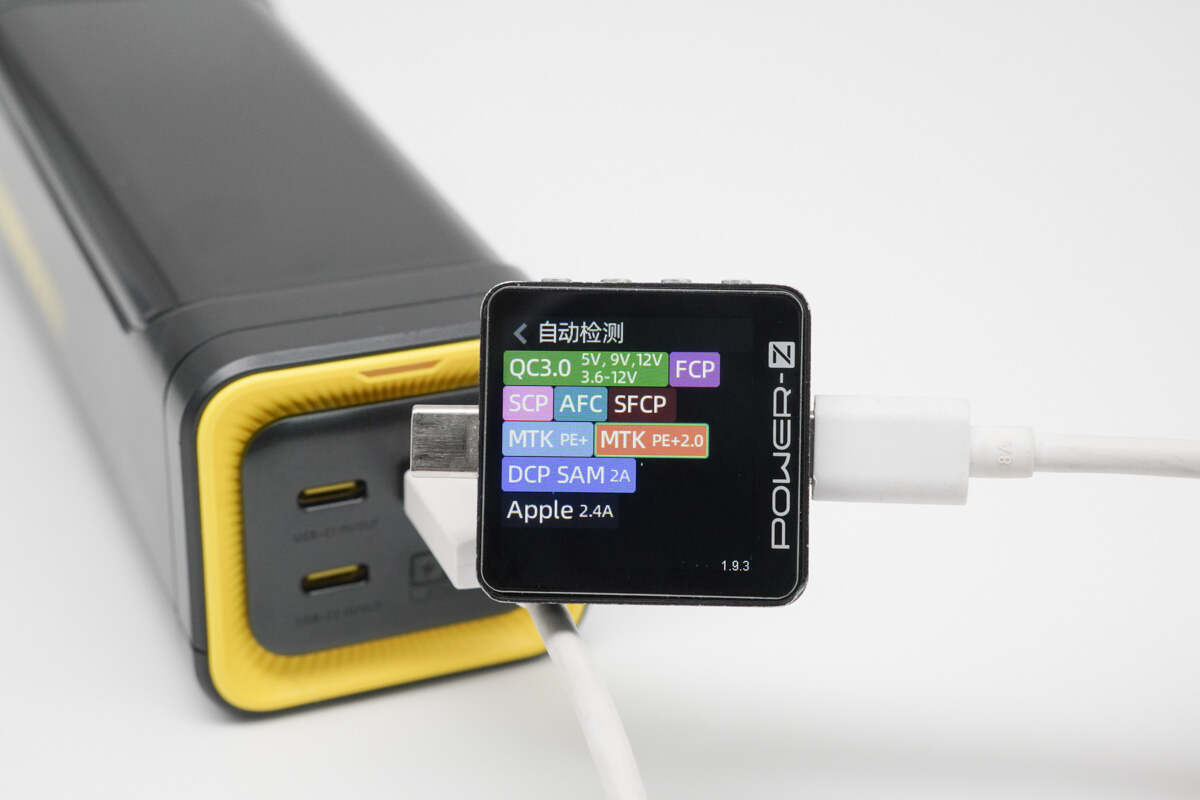
Our tester shows the USB-A port can support QC3.0, FCP, SCP, AFC, SFCP, DCP, and Apple 2.4A charging protocols.
Charging Test
Now, let's take a look at its charging test.
Compatibility Test
USB-C1/C2
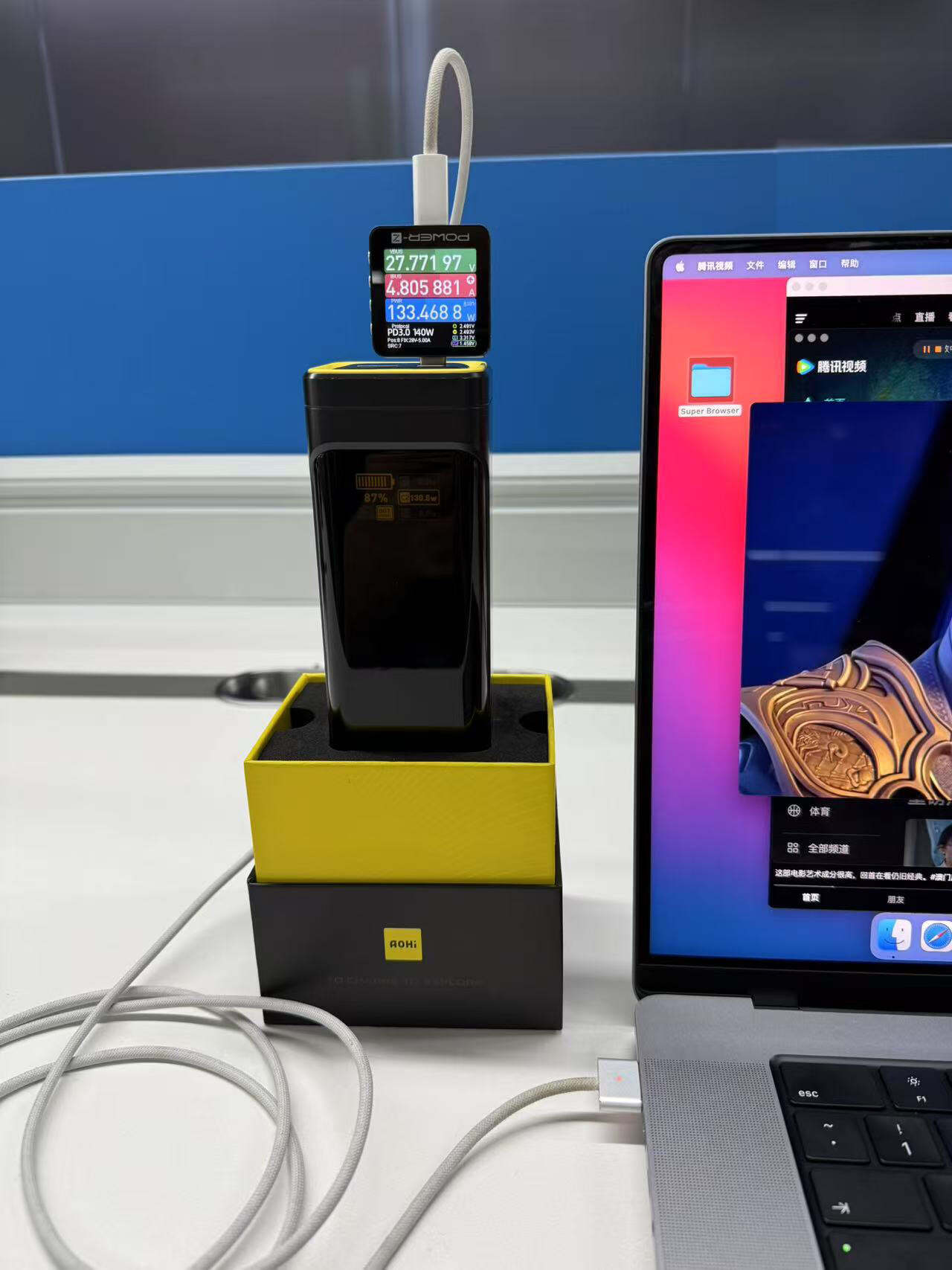
Our tester shows that when charging the MacBook Pro M4 Pro through the USB-C1 port with the original MagSafe 3 cable, the power is 27.77V 4.81A 133.47W.
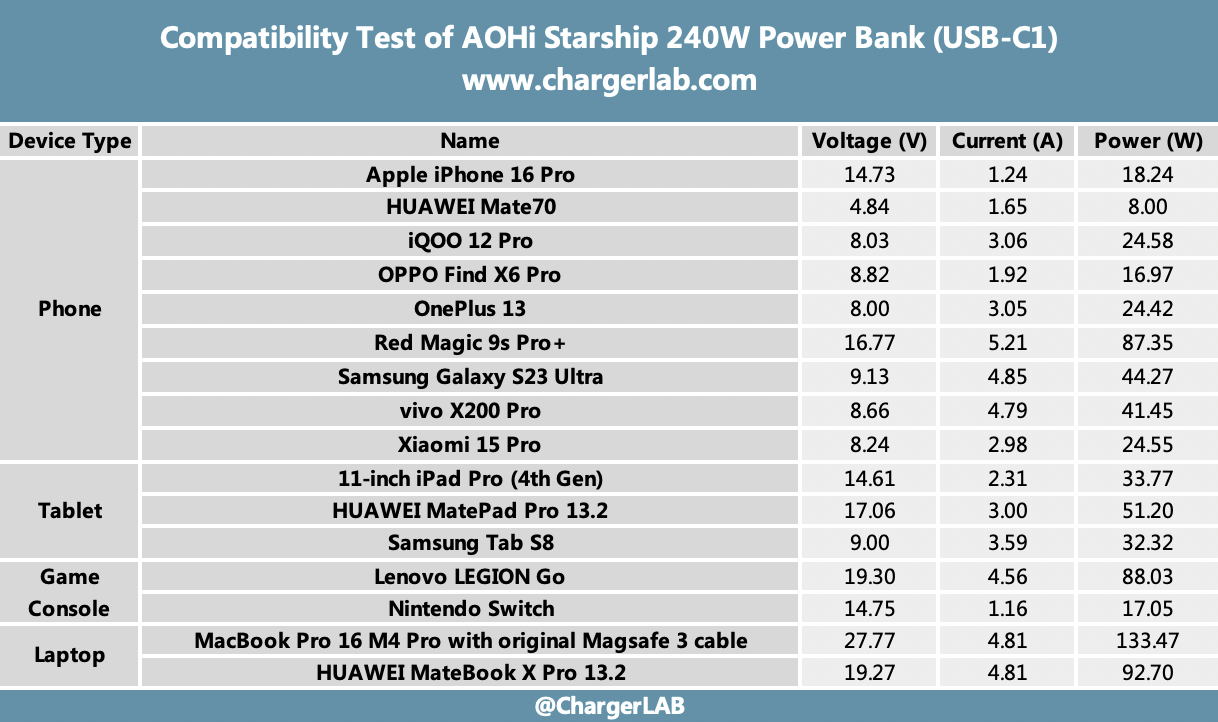
As you can see, there is no compatibility issue. Most phones can reach 9V voltage, and models that support the PPS protocol can reach 17V voltage. Tablets, game consoles, and laptops can mostly reach 15V or 20V voltage. MacBook Pro 16 M4 Pro supports PD3.1 protocol and the voltage can reach 28V.
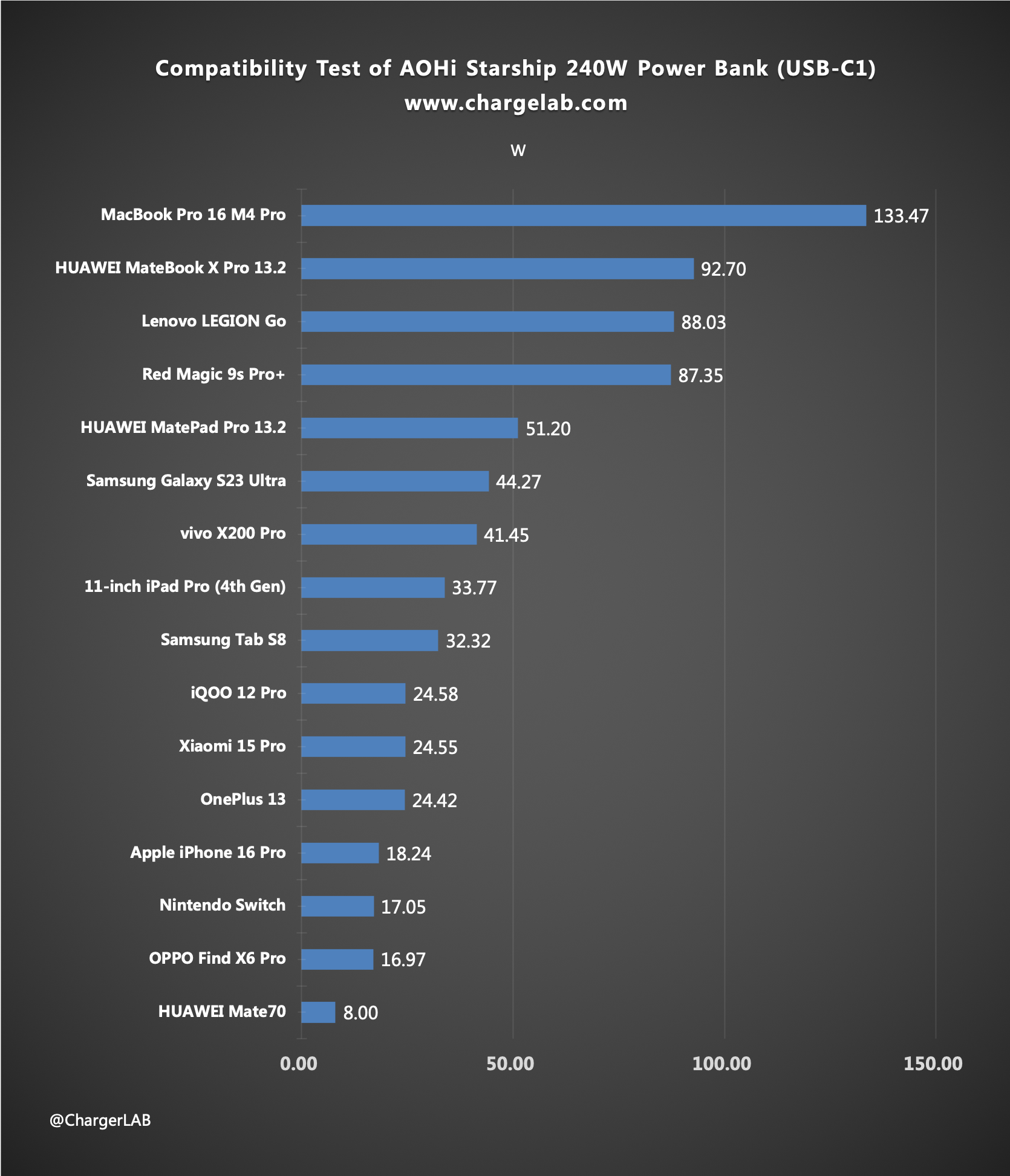
We have compiled all of the test results into a bar chart. The MacBook Pro 16 M4 Pro has the highest power, which can reach 133.47W. Models that support the PPS protocol can also obtain higher charging power, such as Red Magic 9S Pro+, vivo X200 Pro, etc., while the rest are in the range of 8 to 35W.
USB-A
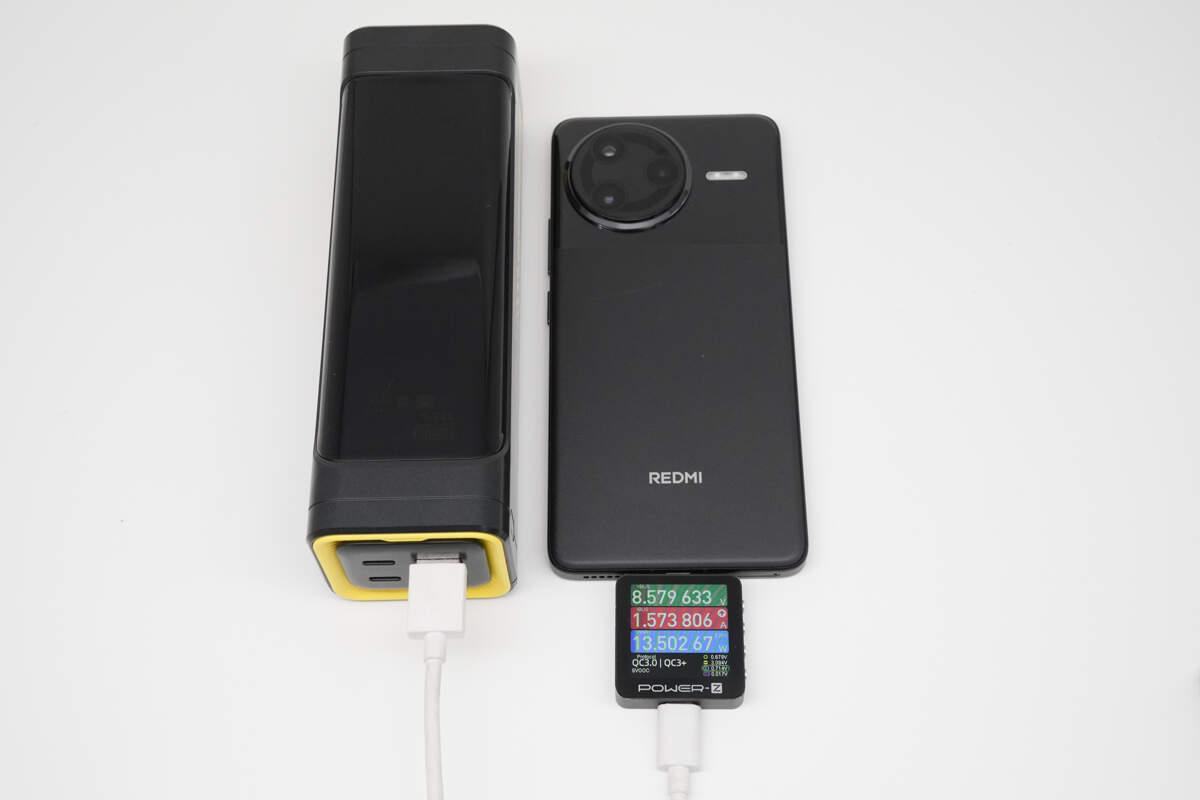
Use the USB-A to charge the REDMI K80 Pro, the power is 8.58V 1.57A 13.5W.
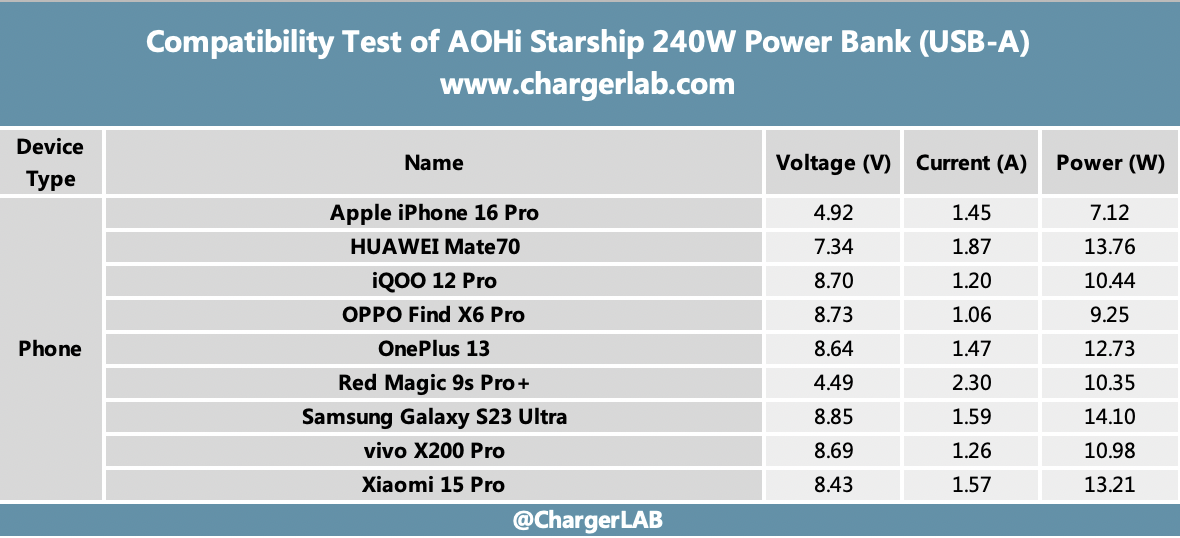
There are no compatibility issues. The voltage of the tested devices reaches 9V or 5V.

Summarize all test results into a bar graph. The highest charging power is Samsung S23 Ultra, which is 14.1W. The charging power of other phones can be roughly divided into two power ranges: 13W and 10W, and the overall charging power is relatively stable.
Multi-port Output Test
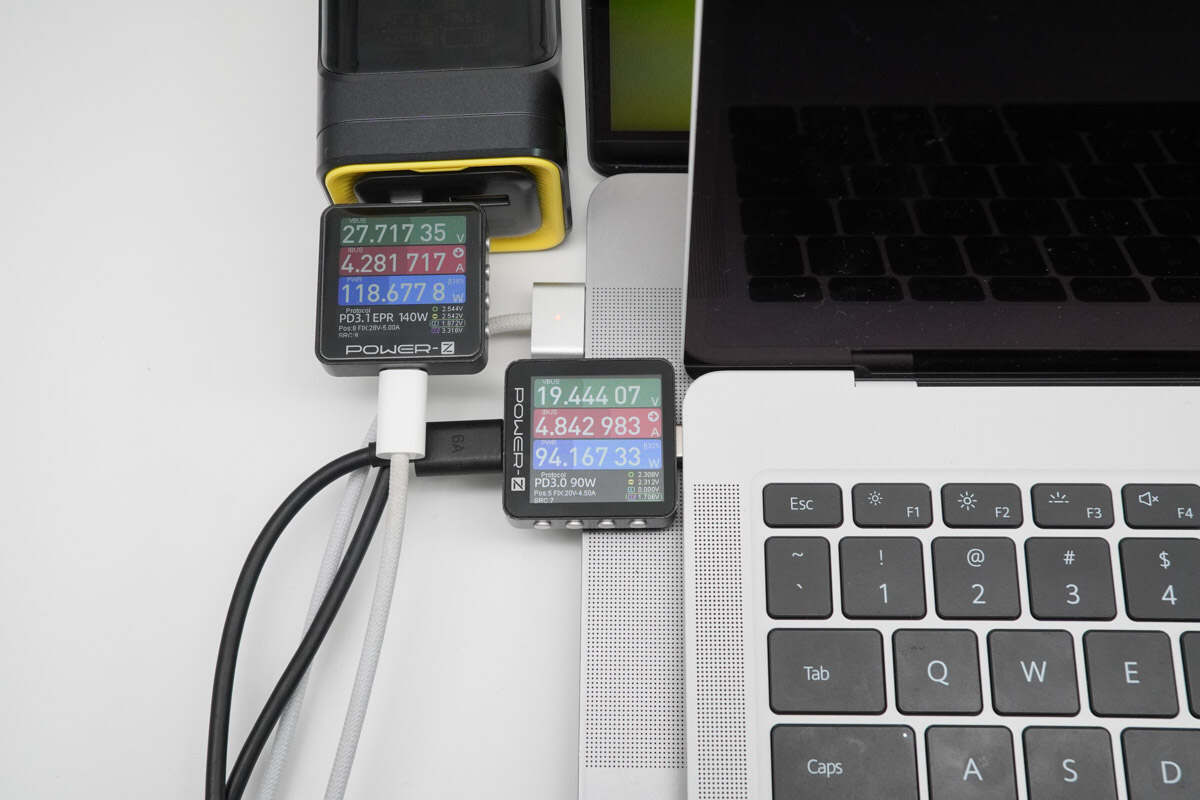
When the two USB-C ports are outputting at the same time, the output power of USB-C1 is 118.68W and the output power of USB-C2 is 94.17W, which is in line with the official output allocation of 140W+100W.
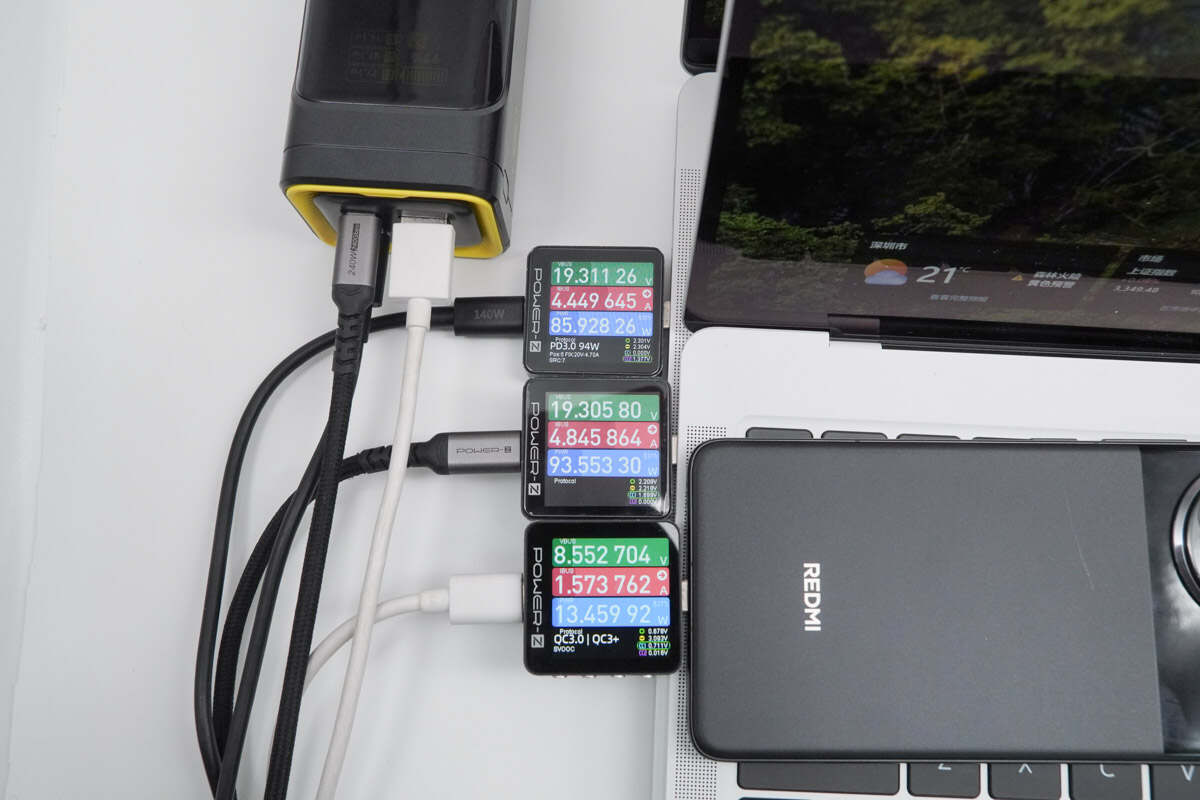
When the three ports output at the same time, the output power of USB-C1 is 93.55W, the output power of USB-C2 is 85.93W, and the output power of USB-A is 13.46W.
Simultaneous Charge and Discharge Test
We will test the output power while charging it.
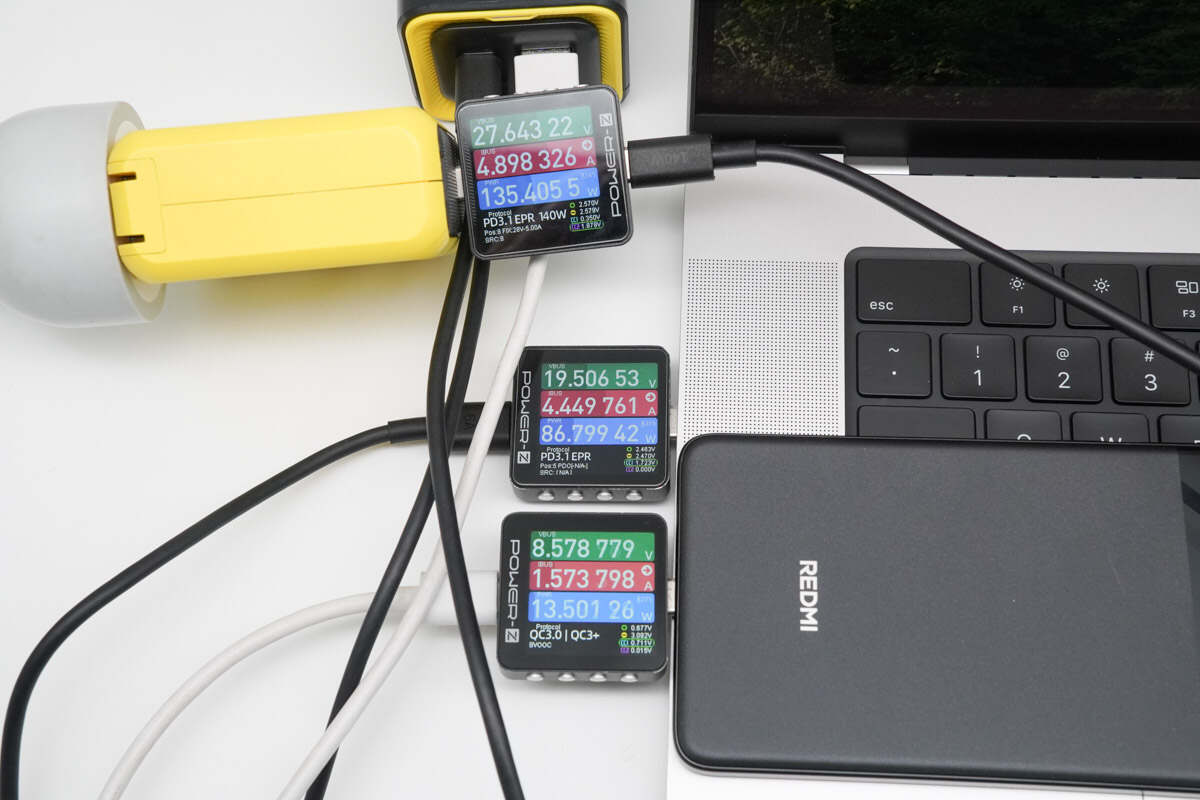
The input power is 135.41W. The output power of the USB-C1 is 86.81W, and the output power of the USB-A is 13.5W.
Full Charging Test
Next, we'll use an AOHi 140W charger to fully charge it. They will be put into a 25°C (77℉) thermotank throughout the test. Here is the charging curve made by the PC software of KM003C.
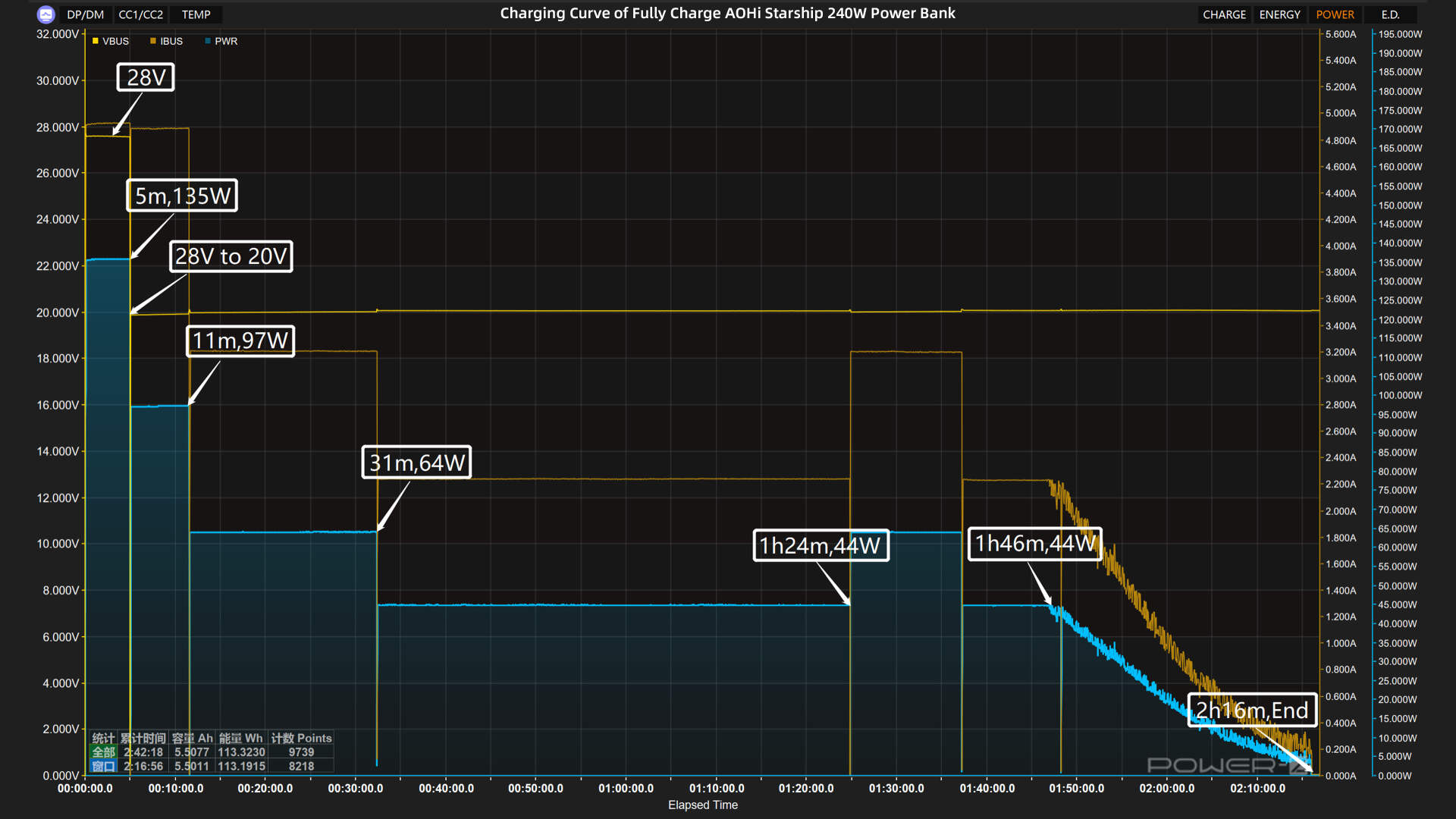
At first, the voltage is around 28V. The charging curve can be divided into six parts. The power is around 135W for the first 5 minutes. After that, the voltage drops to 20V. Then, the power gradually drops to 97W, 64W, and 44W in turn. It briefly rises to 64W before dropping back to 44W. The final part begins at 1 hour and 44 minutes, and the power drops to almost zero. It takes 2 hours and 16 minutes to be fully charged.
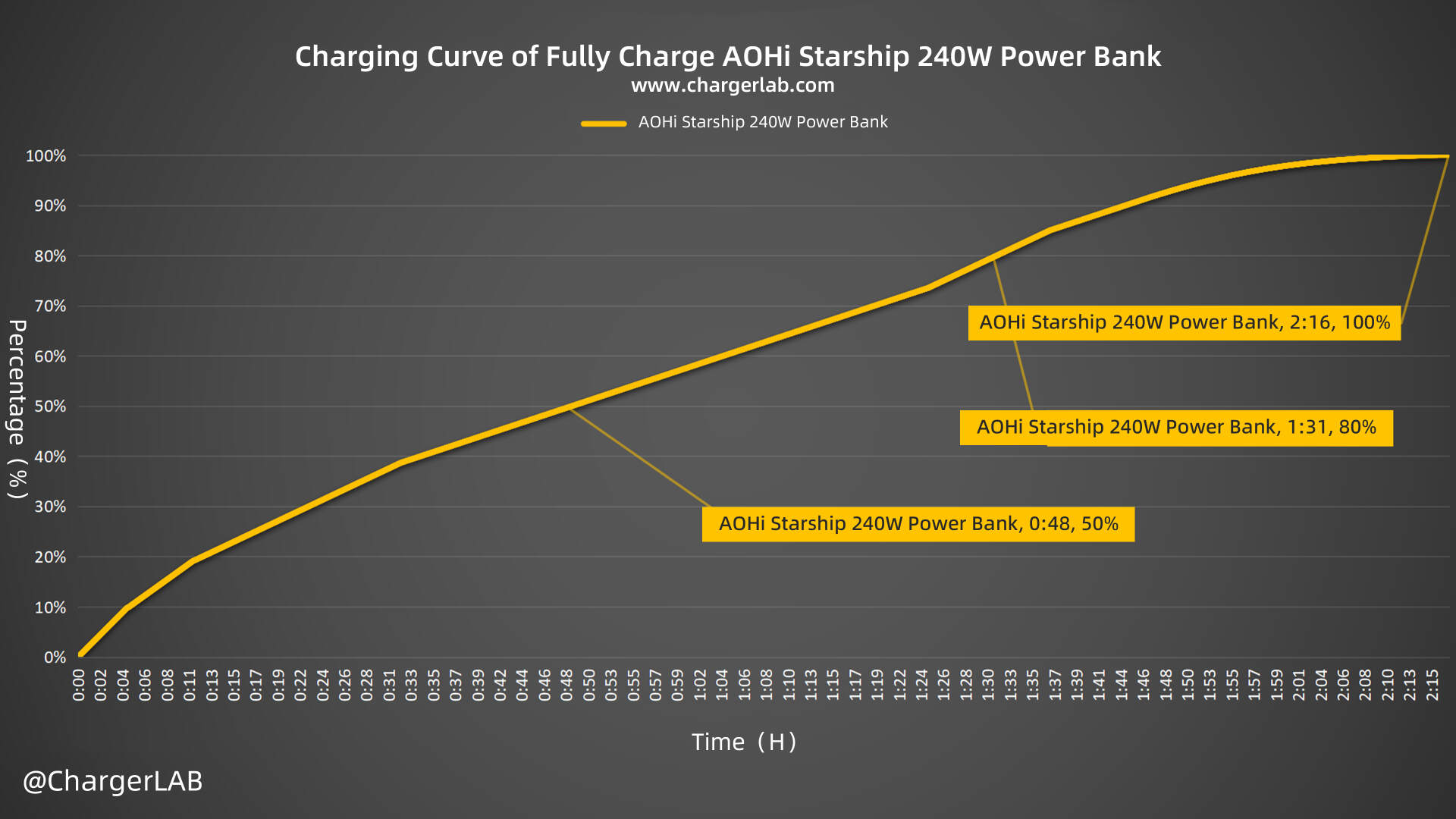
It can be charged to 50% in 48 minutes and 80% in 1 hour and 31 minutes, and it reaches 100% in 2 hours and 16 minutes.
Output Efficiency Test
Output efficiency is an important factor in assessing the quality of a power bank. Higher output efficiency indicates a higher conversion rate and less heat generation. We tested this power bank's output efficiency at different power levels because efficiency varies at different output levels.

First, let the power bank output at 5V3A 15W, and the output ends at 6 hours and 7 minutes. The actual energy released is about 79.39Wh. Its efficiency when output at 15W is about 79.39/99.36=79.9%.
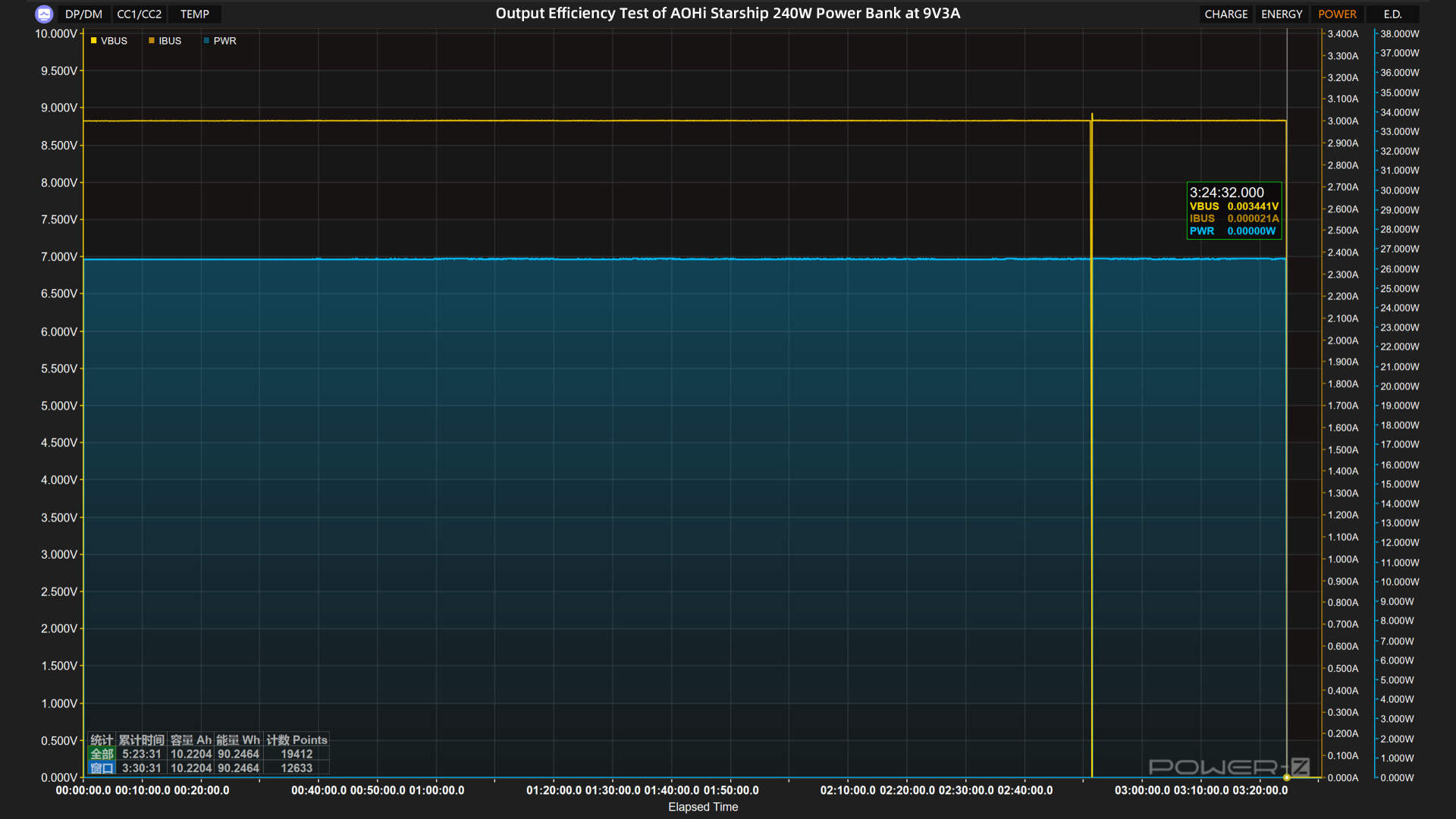
Let the power bank output at 9V3A 27W, and the output ends at 3 hours and 24 minutes. The actual energy released is about 90.25Wh. Its efficiency when output at 27W is about 90.25/99.36=90.83%.
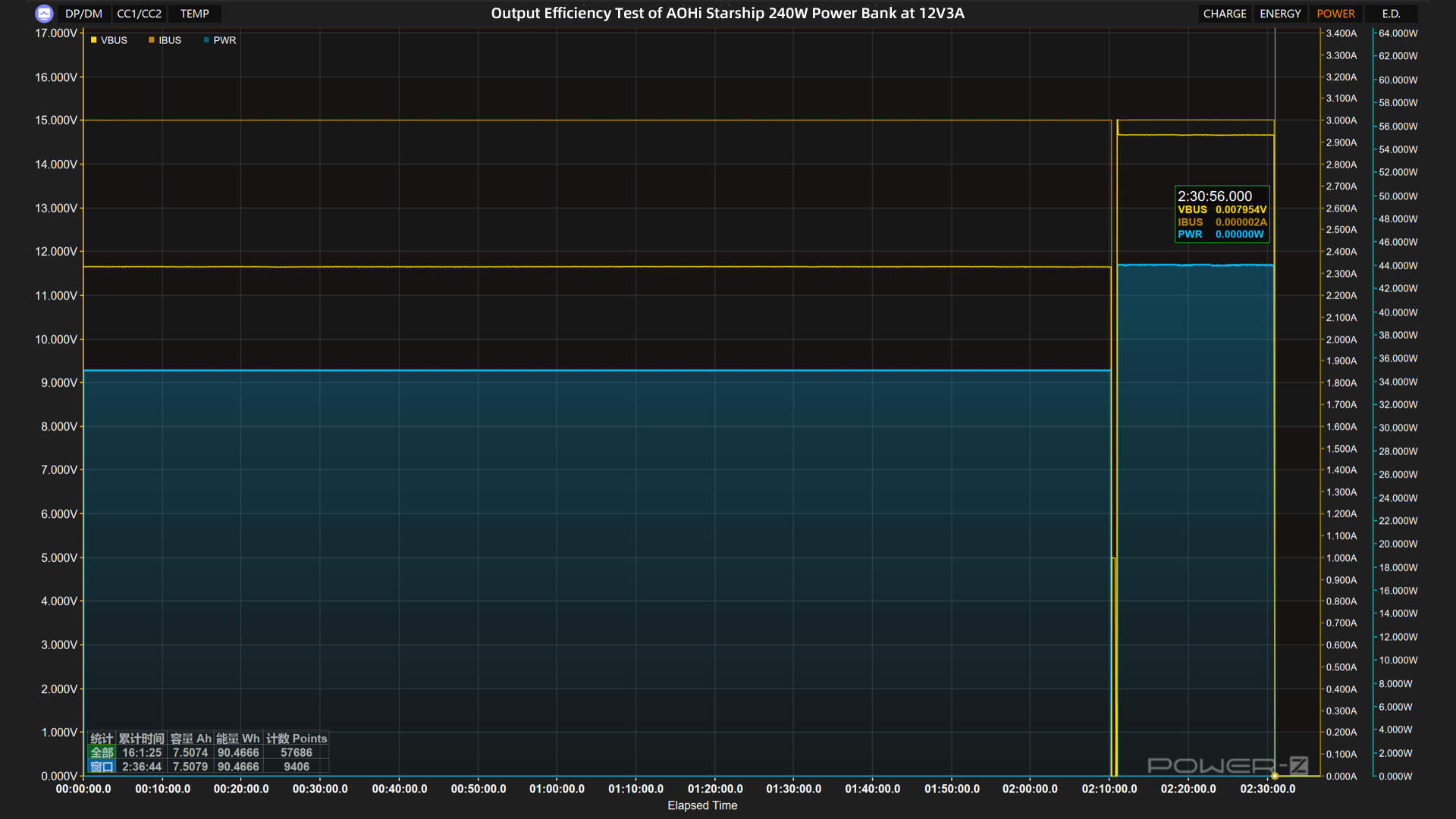
Let the power bank output at 12V3A 36W. Since AOHi has designed this power bank to limit the power when the power is below 10% to prevent over-discharge, the remaining 10% of power is uniformly discharged at 45W and counted into the total. The output ends at 2 hours and 30 minutes. The actual energy released is about 90.47Wh. Its efficiency when output at 36W is about 90.47/99.36=91.05%.
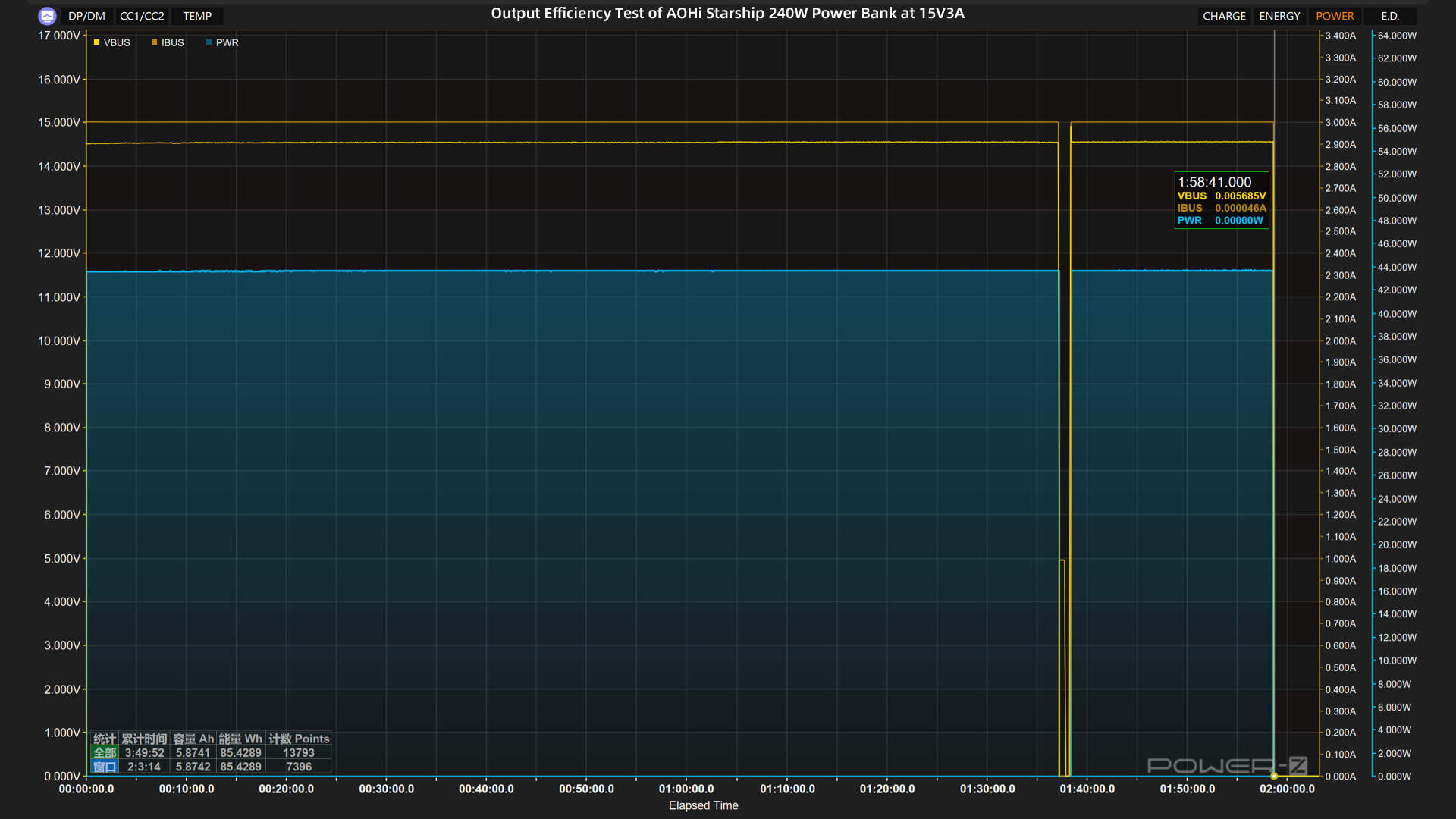
Let the power bank output at 15V3A 45W, and the output ends at 1 hour and 58 minutes. The actual energy released is about 85.43Wh. Its efficiency when output at 45W is about 85.43/99.36=85.98%.
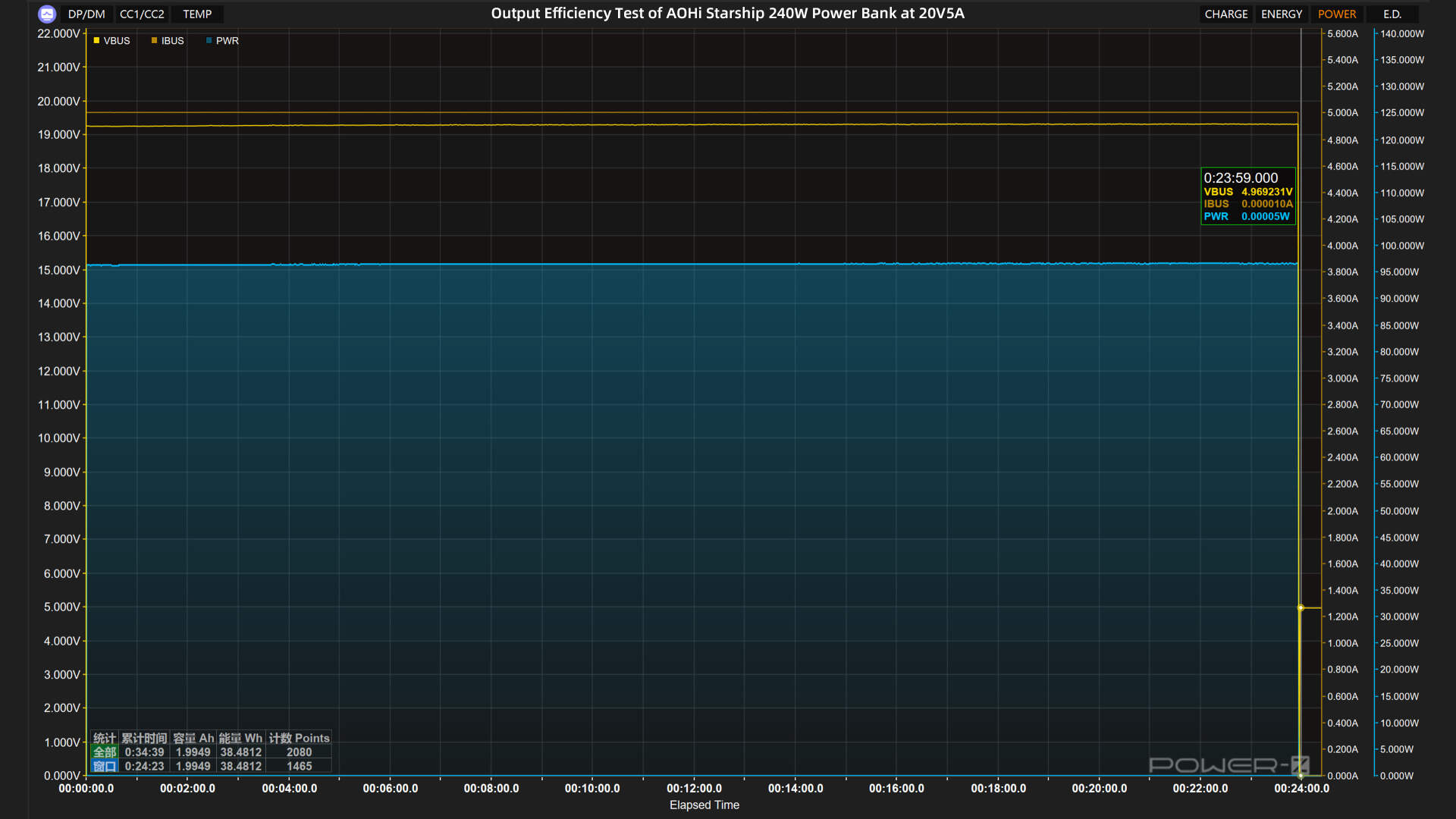
Let the power bank output at 20V5A 100W, and the temperature protection is triggered and ends at 23 minutes. The actual energy released is about 35.52Wh.
Since the test instrument used is in constant current and constant voltage mode, the discharge is interrupted after the temperature protection is triggered, and the input terminal on a laptop or other high-power equipment can adapt, so this situation will not occur.
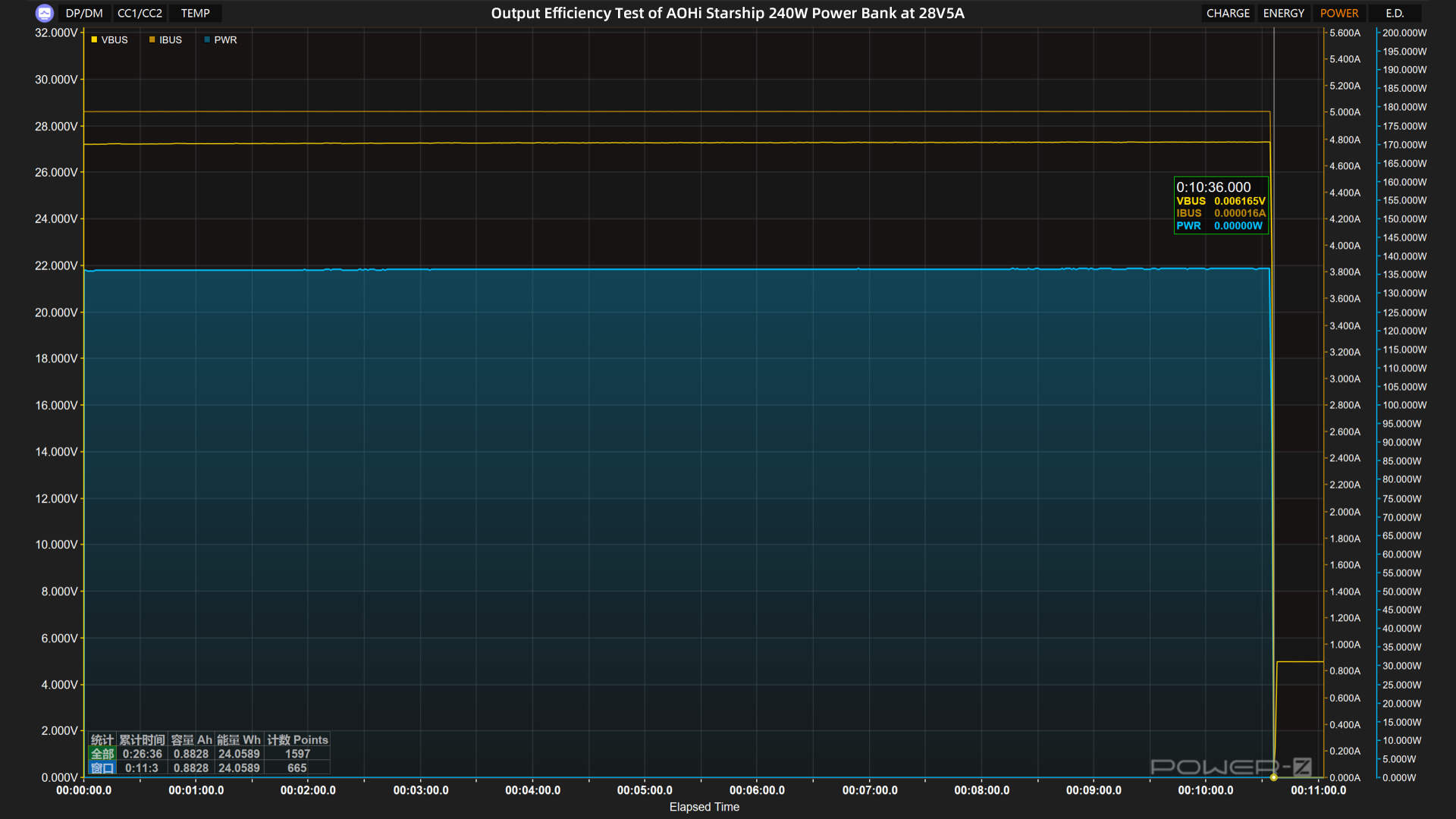
Last, let the power bank output at 28V5A 140W, and the temperature protection is triggered and ends at 10 minutes. The actual energy released is about 24.06Wh.
Ripple Test
Power adapters rely on switch-mode power supplies, which means that the output from the transformer's secondary winding is not direct current and must be rectified and filtered by capacitors before being outputted. As a result, ripples can exist in the output signal. To evaluate the quality of the adapter's output, ChargerLAB employs an oscilloscope to test the ripple value of the converter's output and compare it with industry standards. In general, the lower the ripple, the higher the output quality.
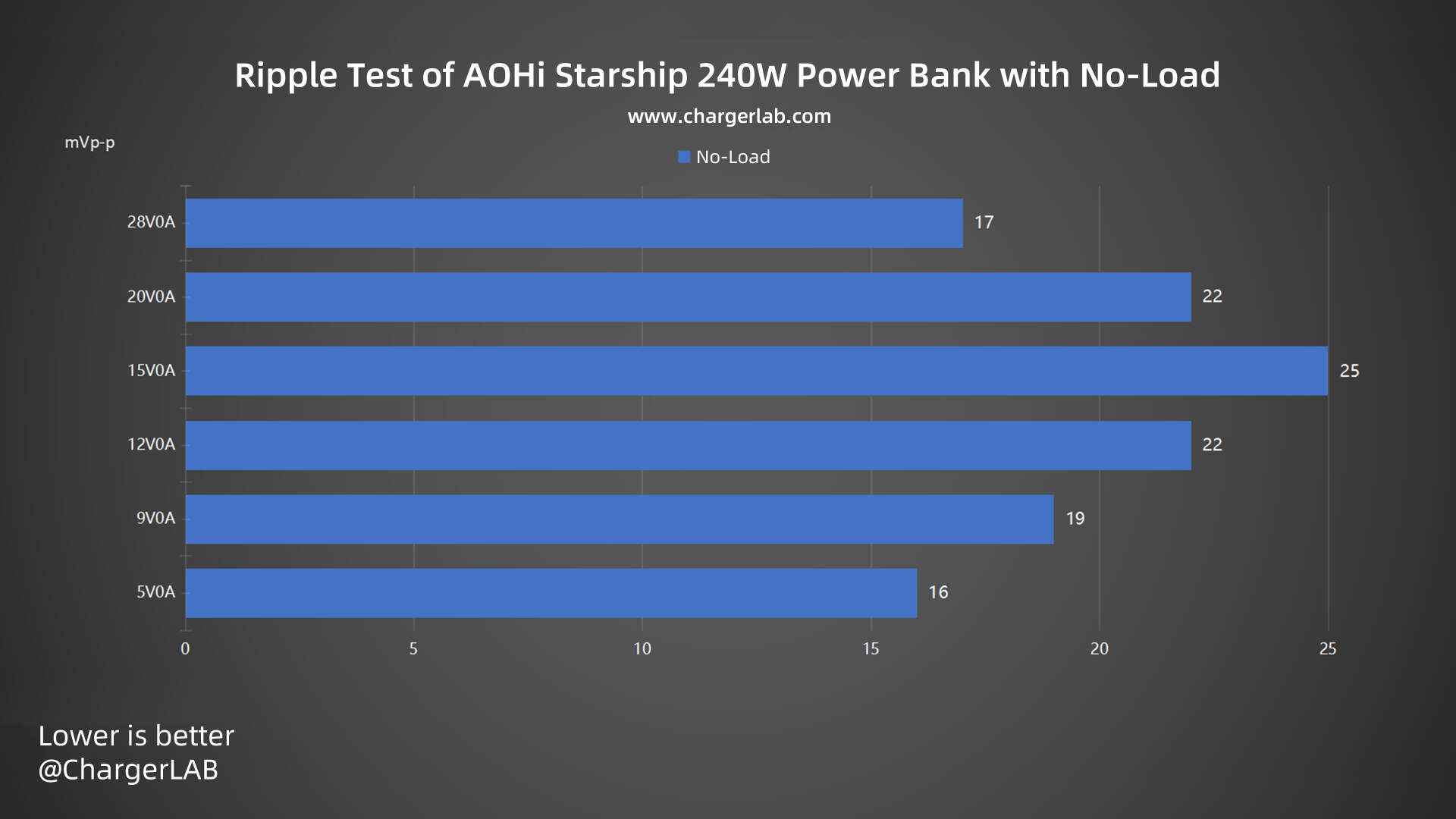
Firstly, let's check out its ripple without load. When the output is 5V 0A, the lowest ripple is around 16 mVp-p. When the output is 15V 0A, the highest ripple is around 25 mVp-p.
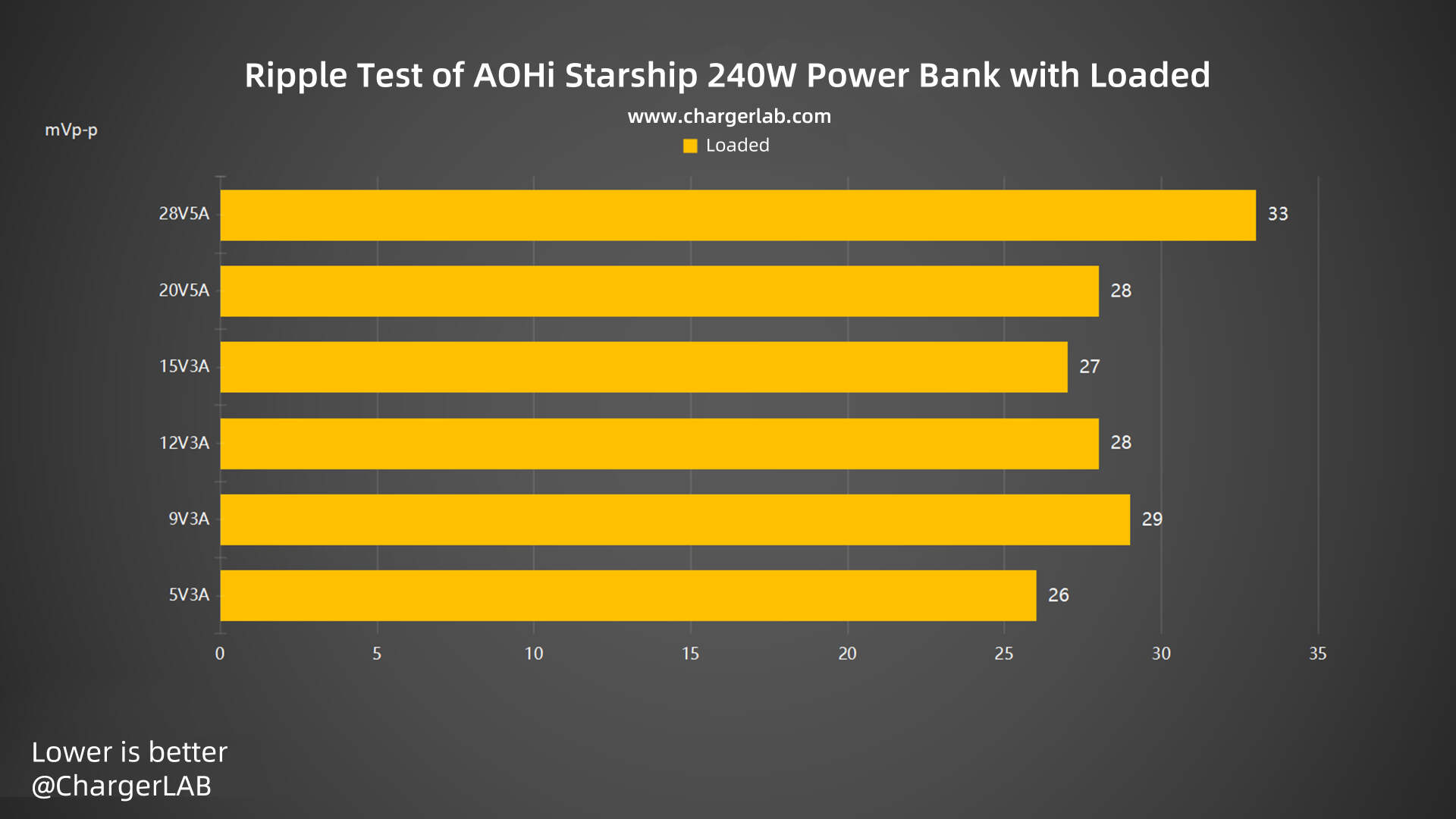
Then, move to the ripple test when loaded. When the output is 28V5A, the highest ripple is 33 mVp-p. When the output is 5V3A, the lowest ripple is 26 mVp-p. Overall, the ripple performance is good.
Temperature Test
Then, we are going to the maximum temperature test. We put the power bank into a 25°C (75℉) thermotank. And record the maximum temperature on the front and back after 10 minutes under 28V5A 140W load.
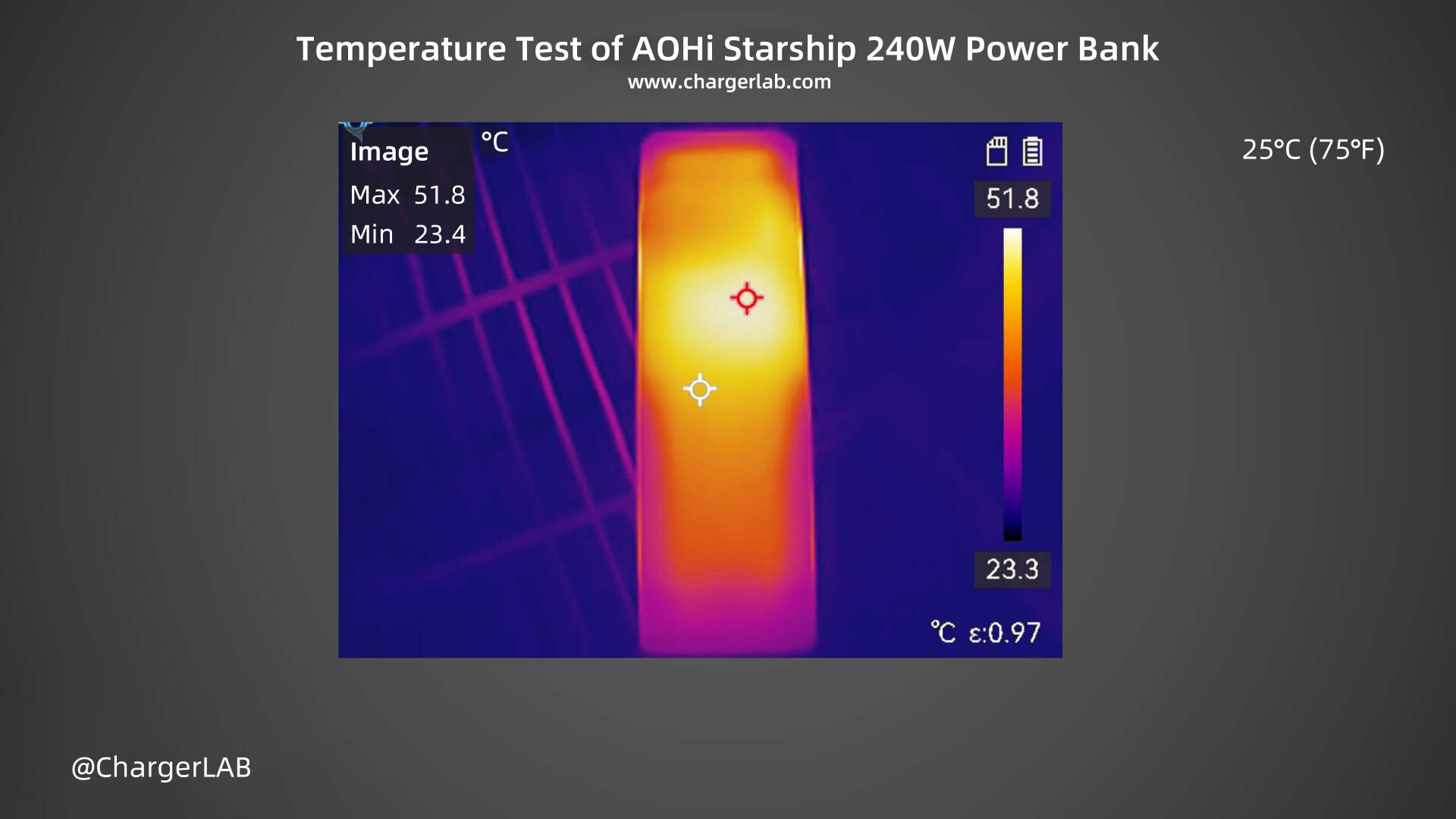
After 10 minutes of discharge, the maximum temperature on the front is 51.8℃ (125.24 ℉), and the heat is mainly concentrated in the middle.
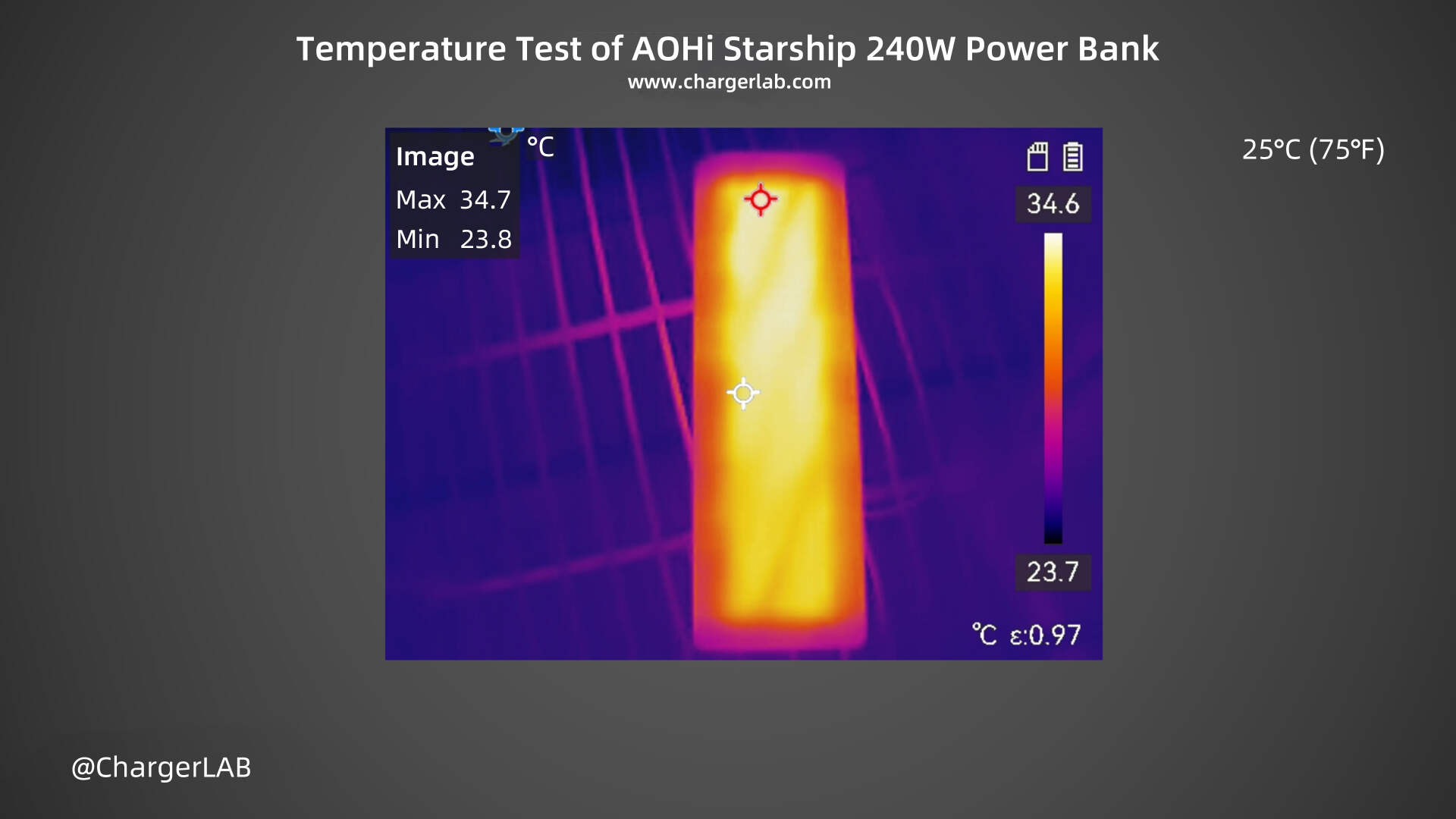
The maximum temperature on the back is 34.7℃ (94.46 ℉). The temperature on the back is much lower than that on the front.
Summary of ChargerLAB
The AOHi Starship 240W Power Bank combines a compact form factor with high output power. By integrating ultra-large capacity, blazing-fast charging, and intelligent interaction, it addresses the core needs of multi-device users. It features two USB-C ports and one USB-A port, with both USB-C ports supporting fast charging protocols such as UFCS, PD, SFCP, QC, and 5A PPS—covering the charging requirements of most modern devices. It also supports triple-port simultaneous output as well as charging while discharging.
When charged using the AOHi 140W charger, it takes 2 hours and 16 minutes to reach full capacity. Its conversion efficiency reaches 80% across most output levels and can even go up to 90%. Ripple remains below 35mVp-p in both no-load and full-load conditions. After discharging at 28V 5A 140W for 10 minutes, the front of the device reaches a maximum temperature of 51.8°C (125.24°F), while the back stays at a relatively cool 34.7°C (94.46°F).
All in all, the AOHi Starship 240W Power Bank seamlessly blends futuristic design, outstanding performance, and top-tier safety. For users who demand both efficiency and quality, this may very well represent the pinnacle of power bank performance.
Related Articles:
1. Only $129.00 for a Limited Time: AOHI The Future Starship 240W 27,600mAh LED Display Power Bank
2. AOHi STARSHIP PD3.1: The Ultimate Power Bank with 40000mAh Capacity
3. Hidden Magnetic Plug | Review of AOHi 65W Ultra-thin GaN+ Charger

